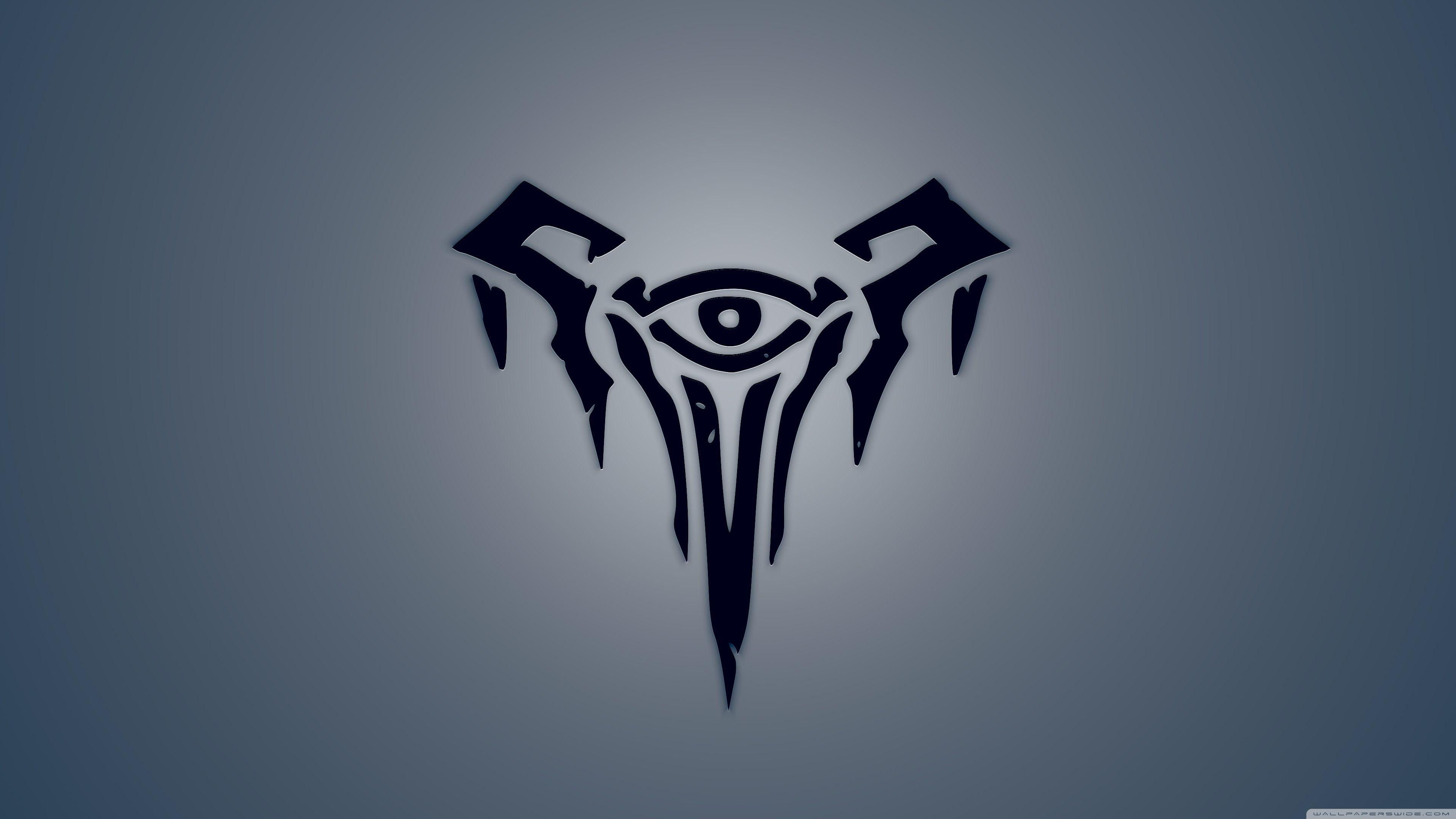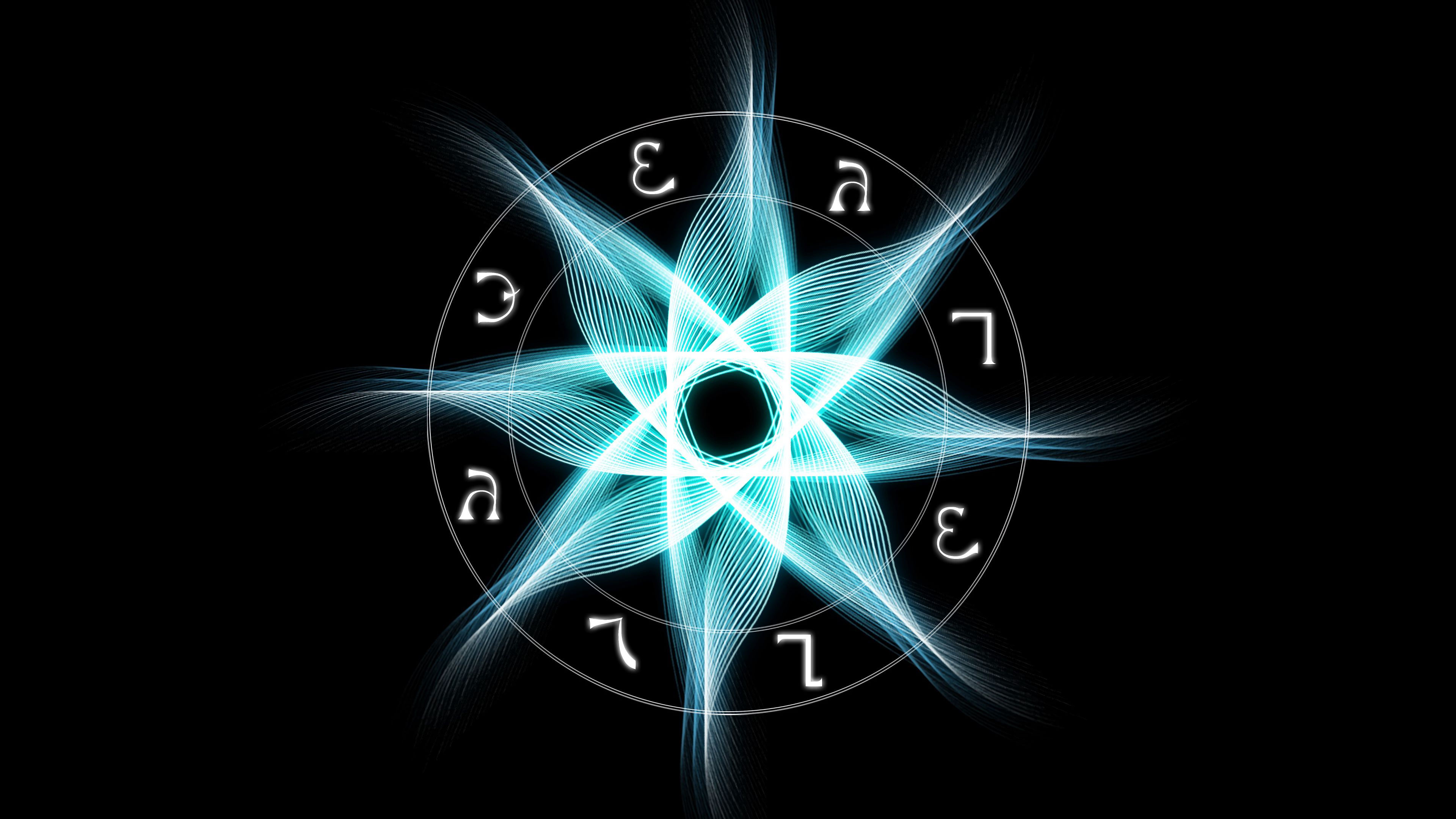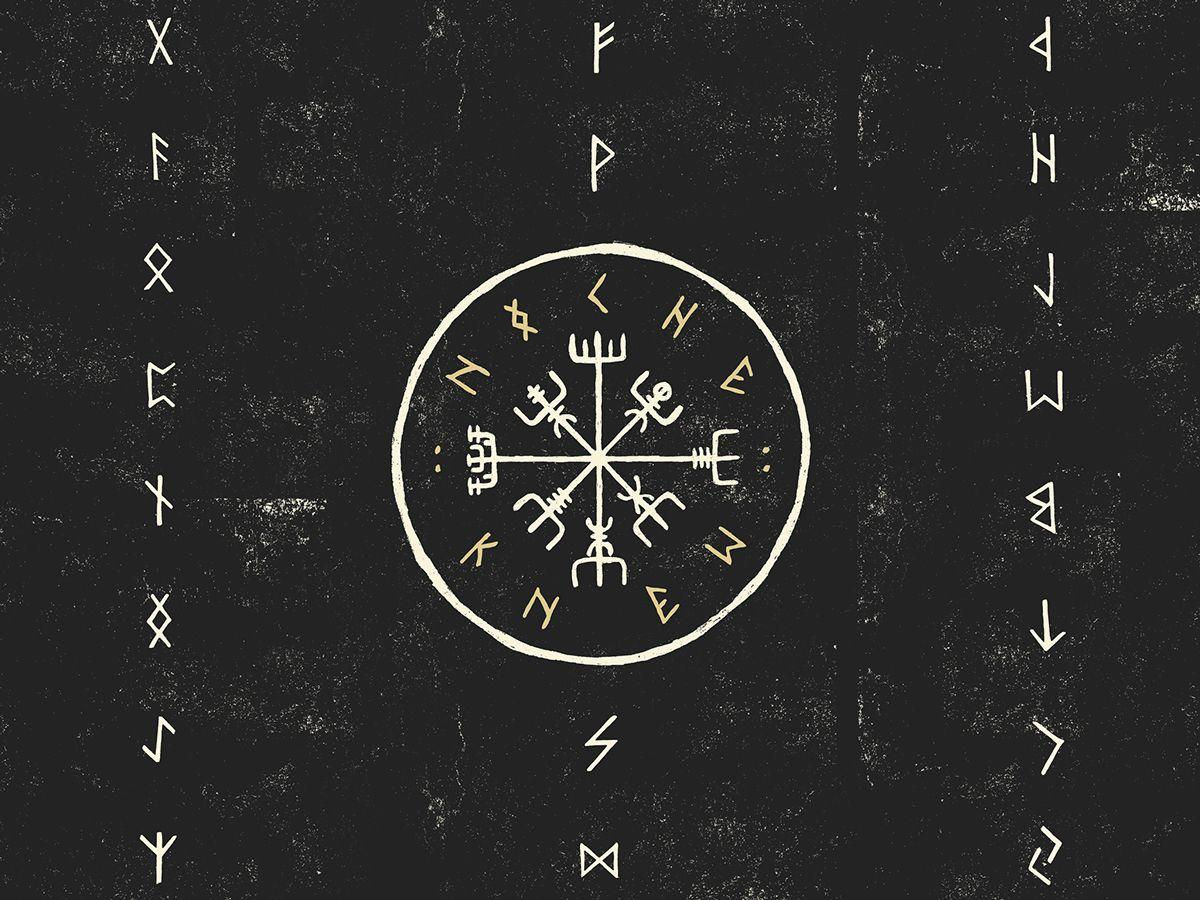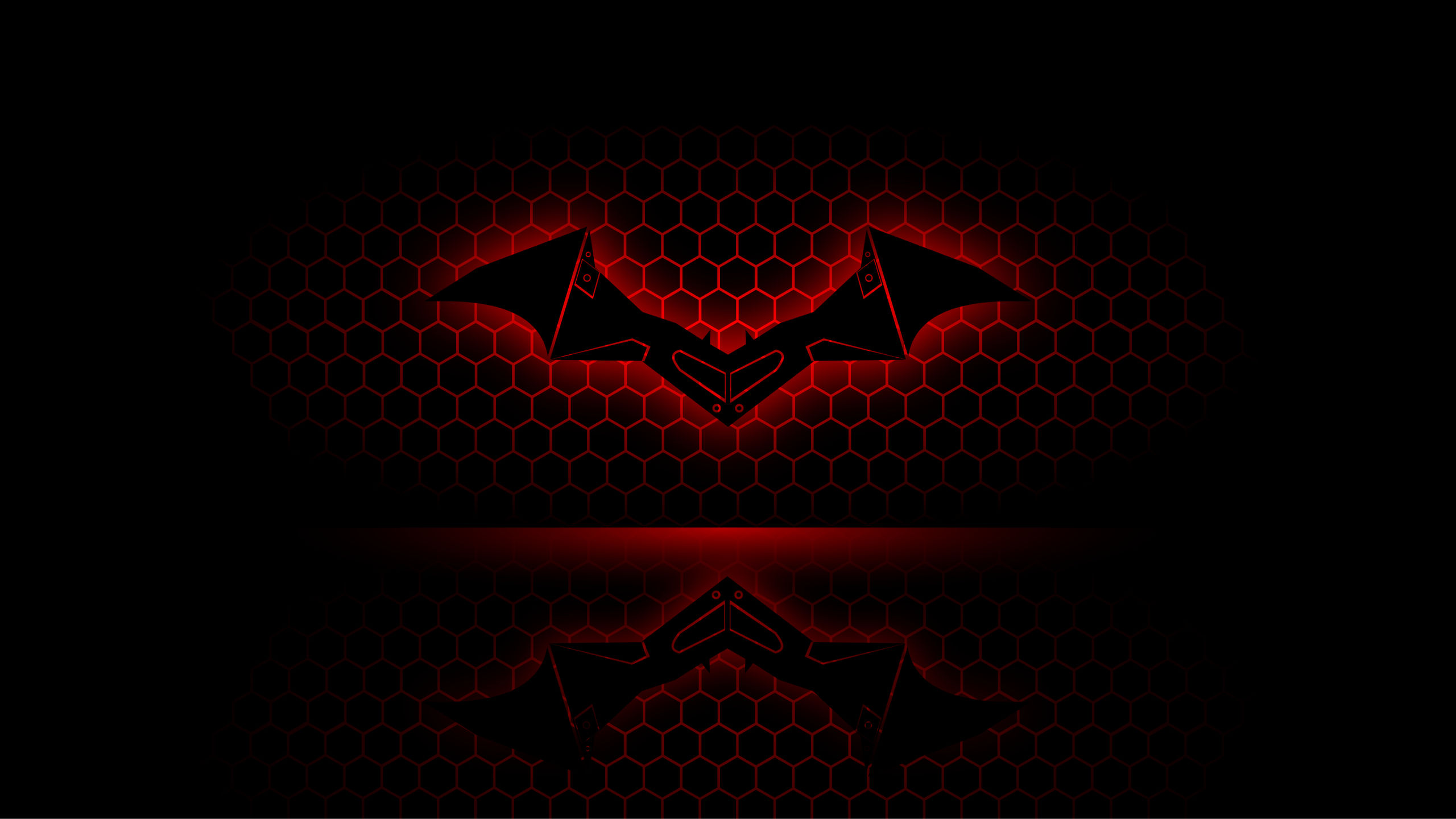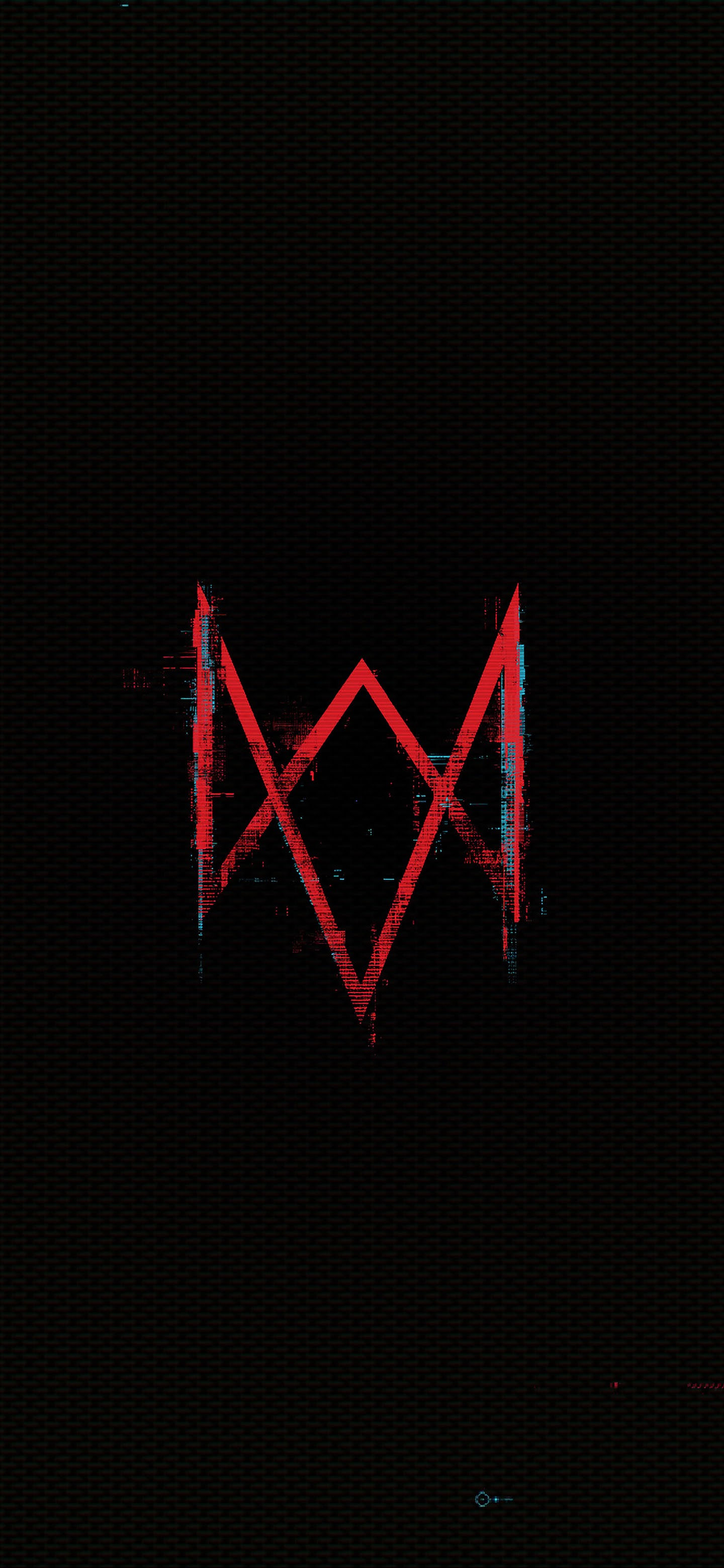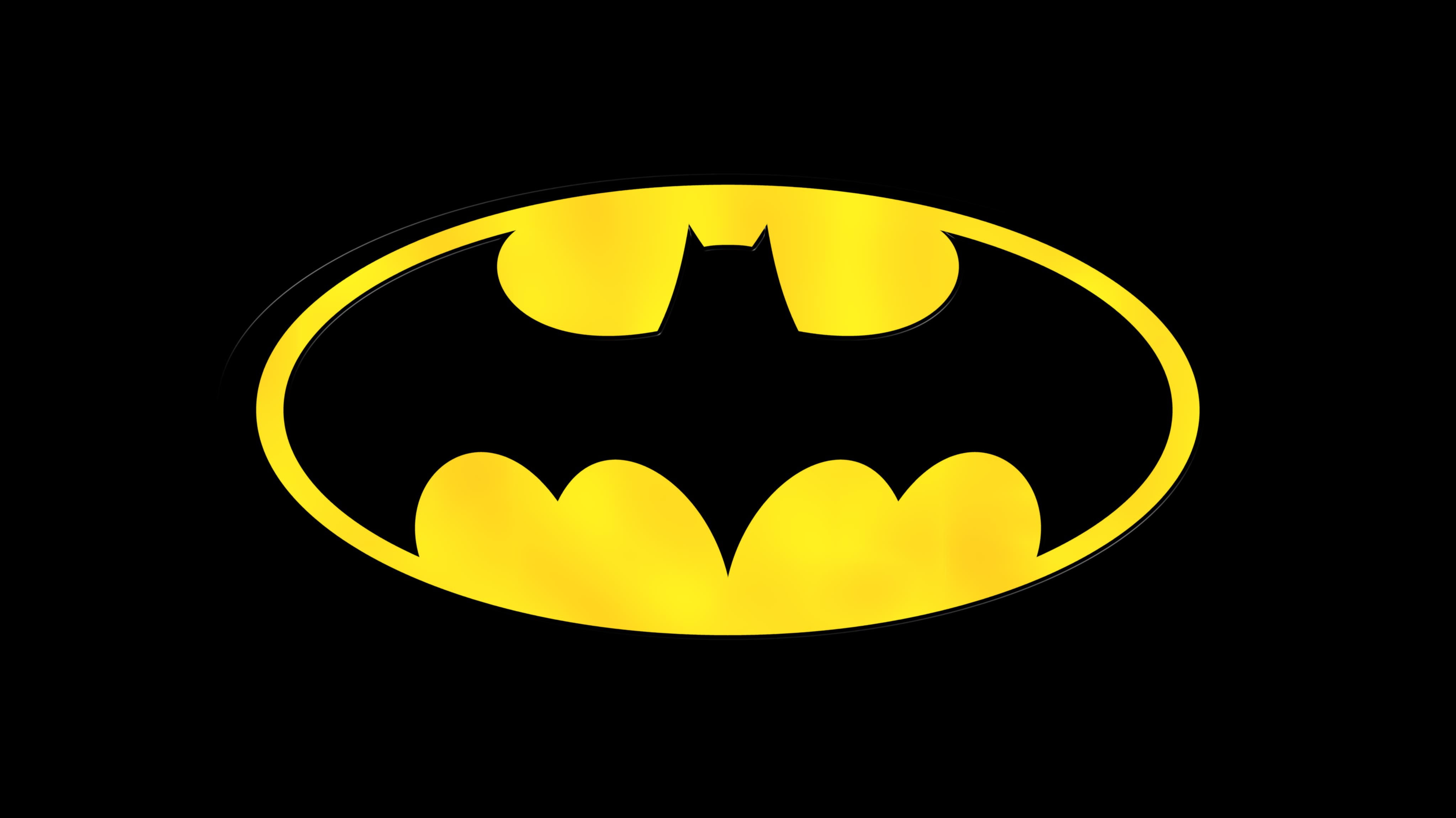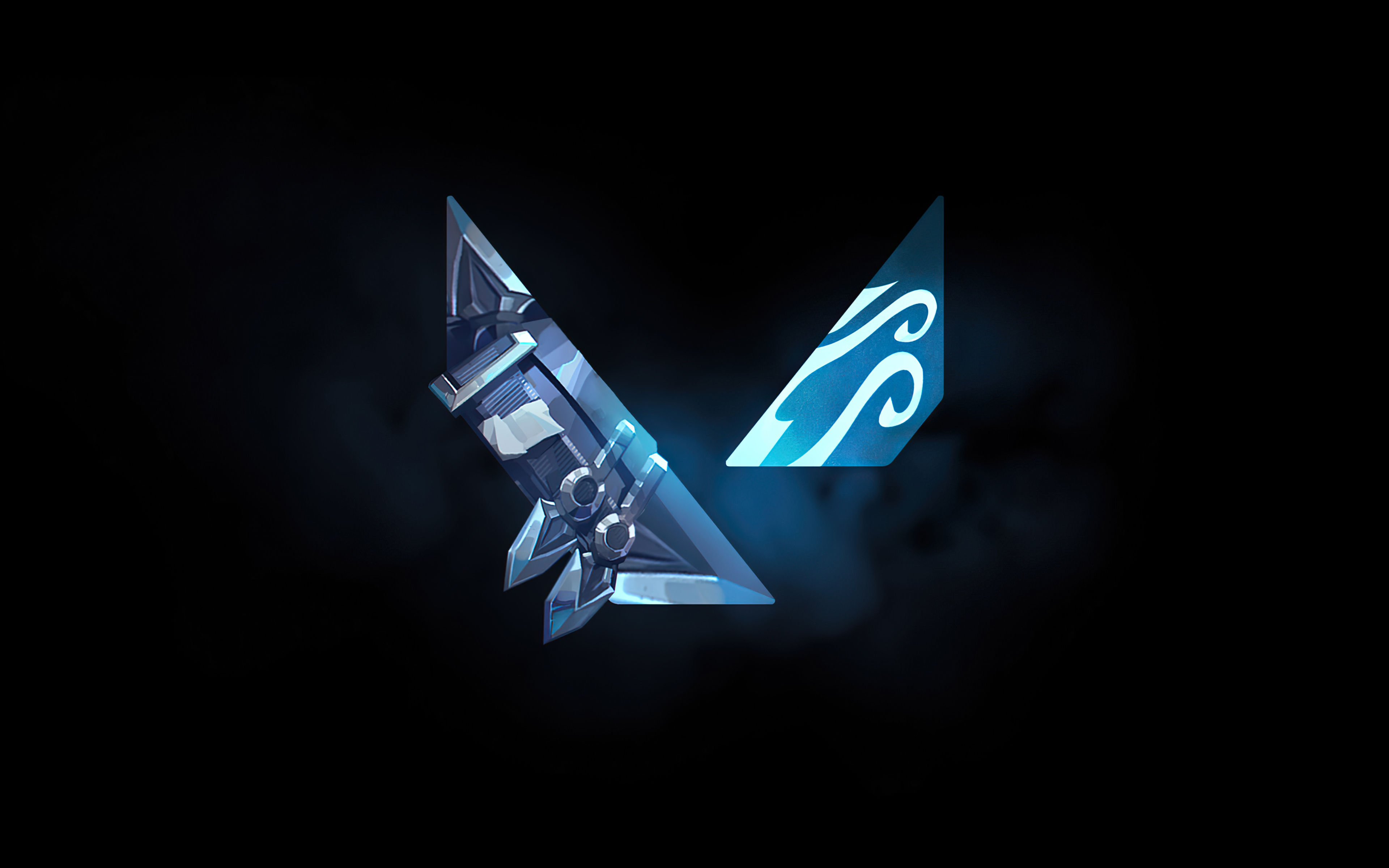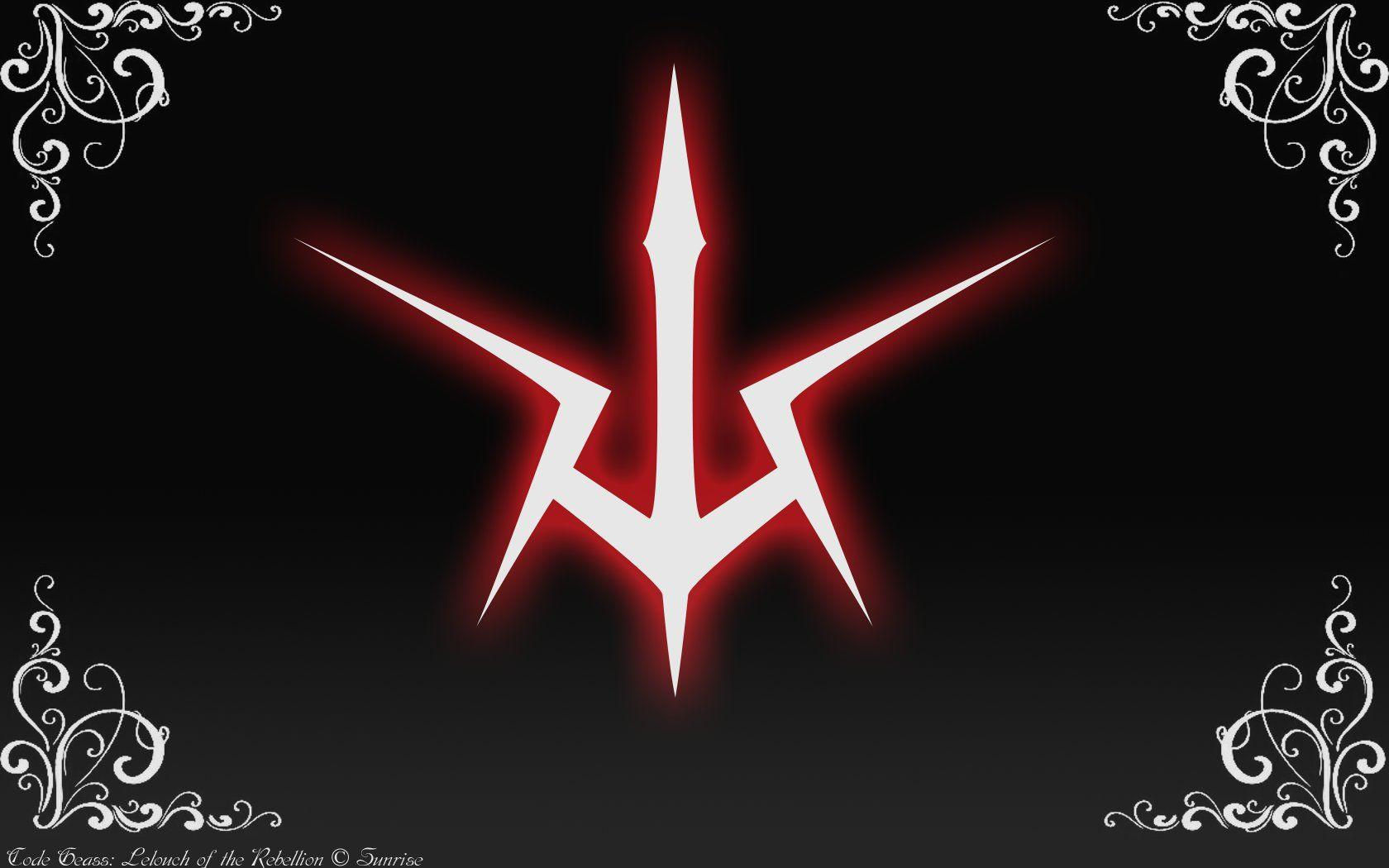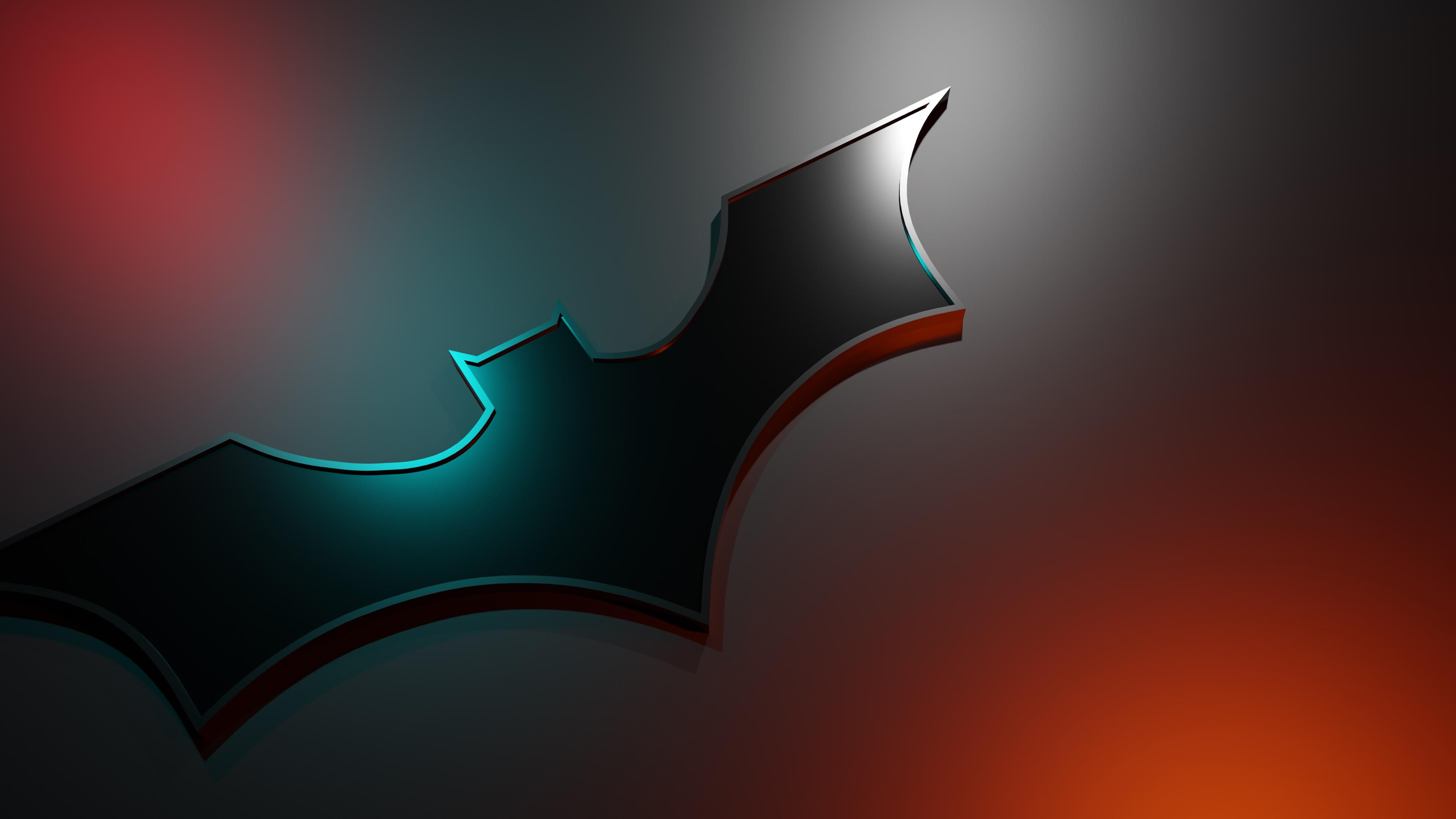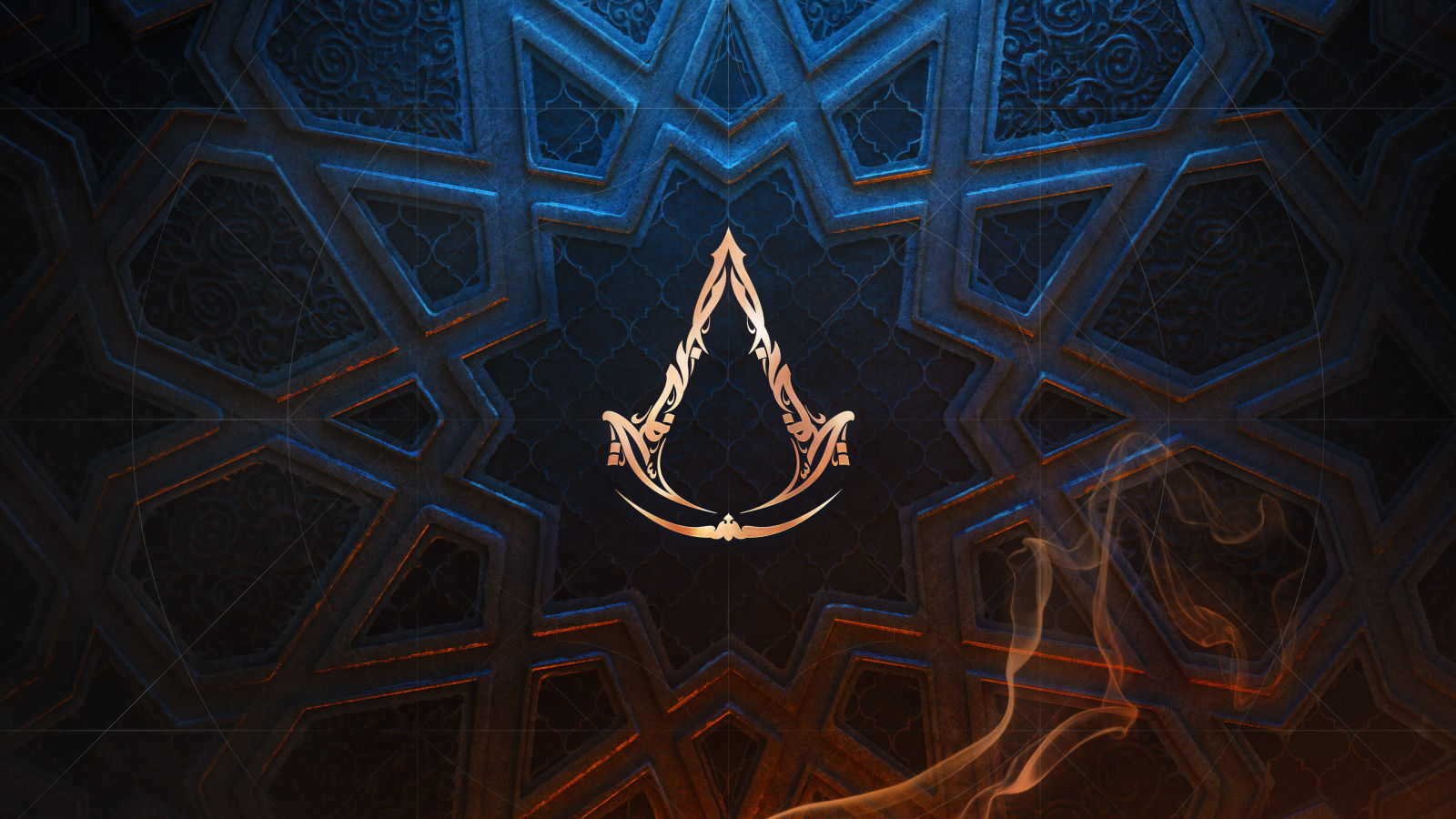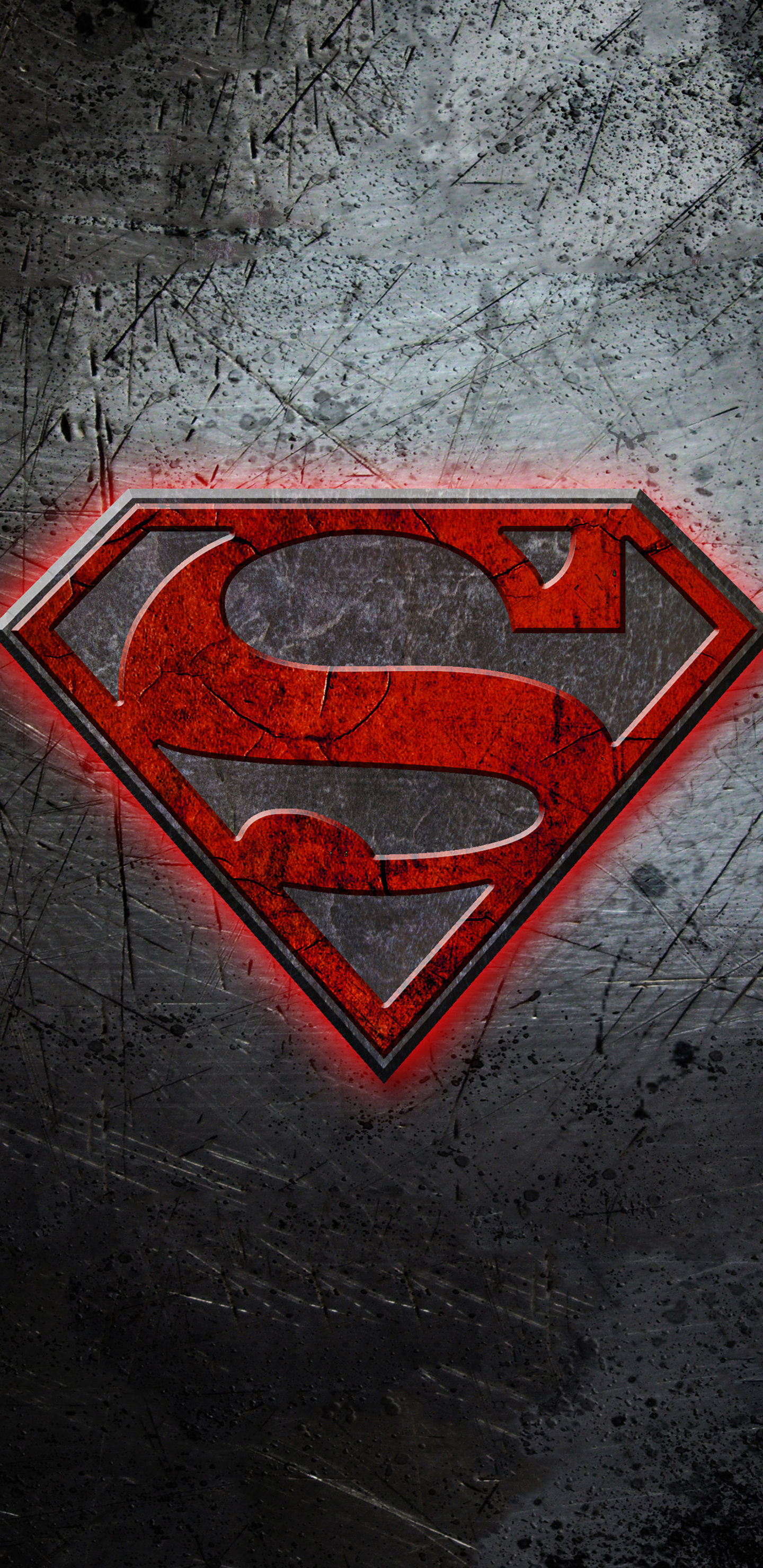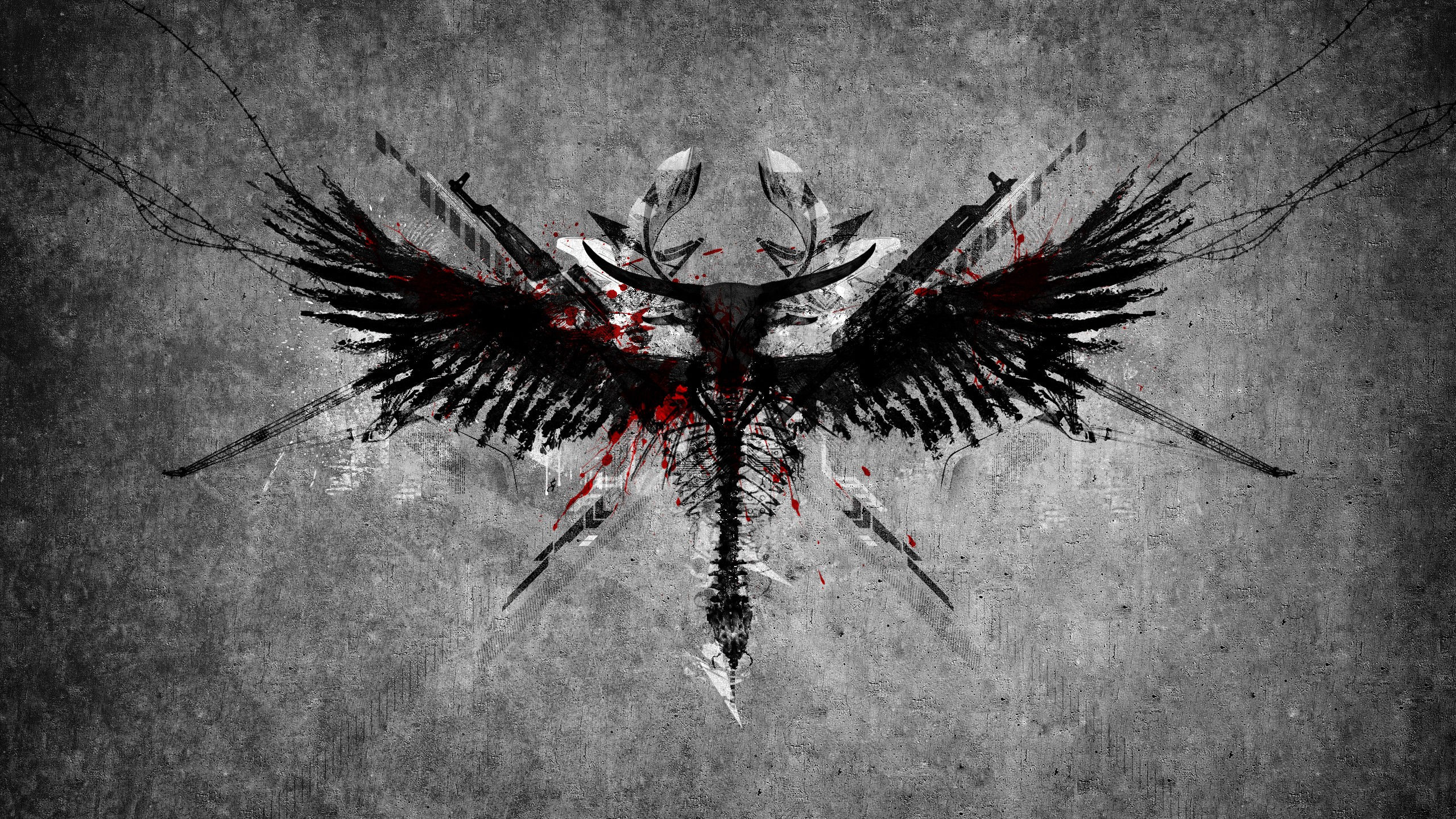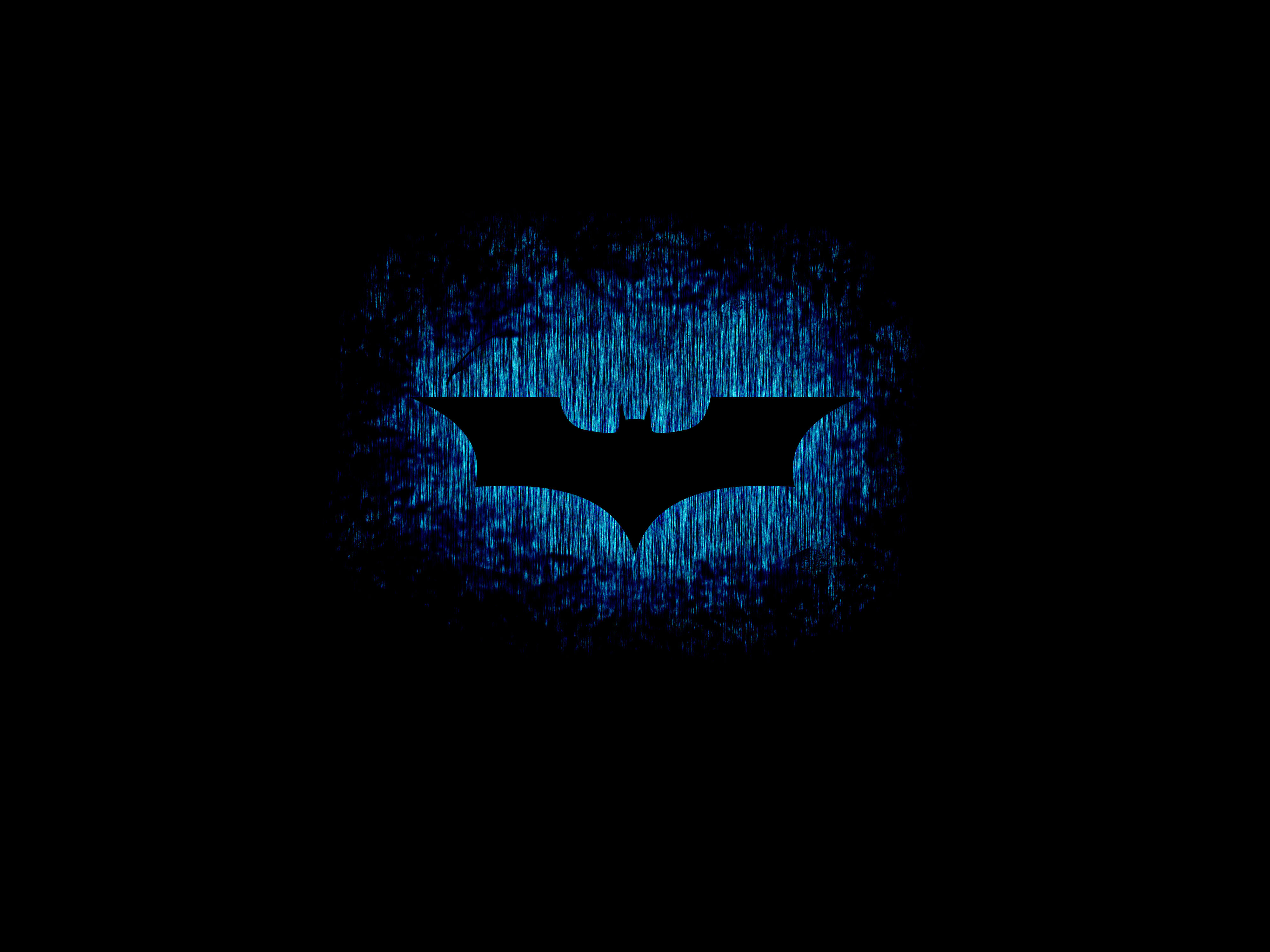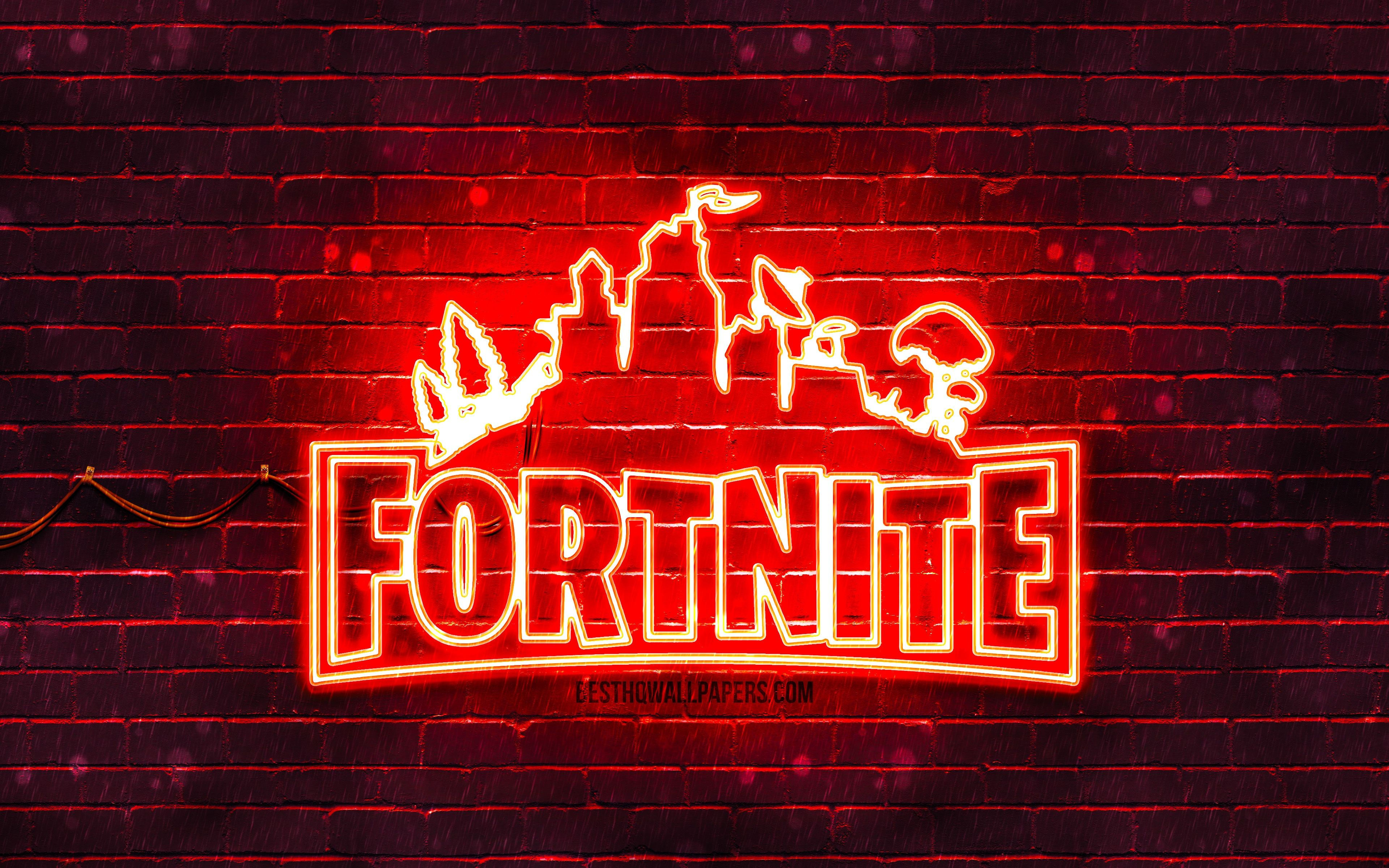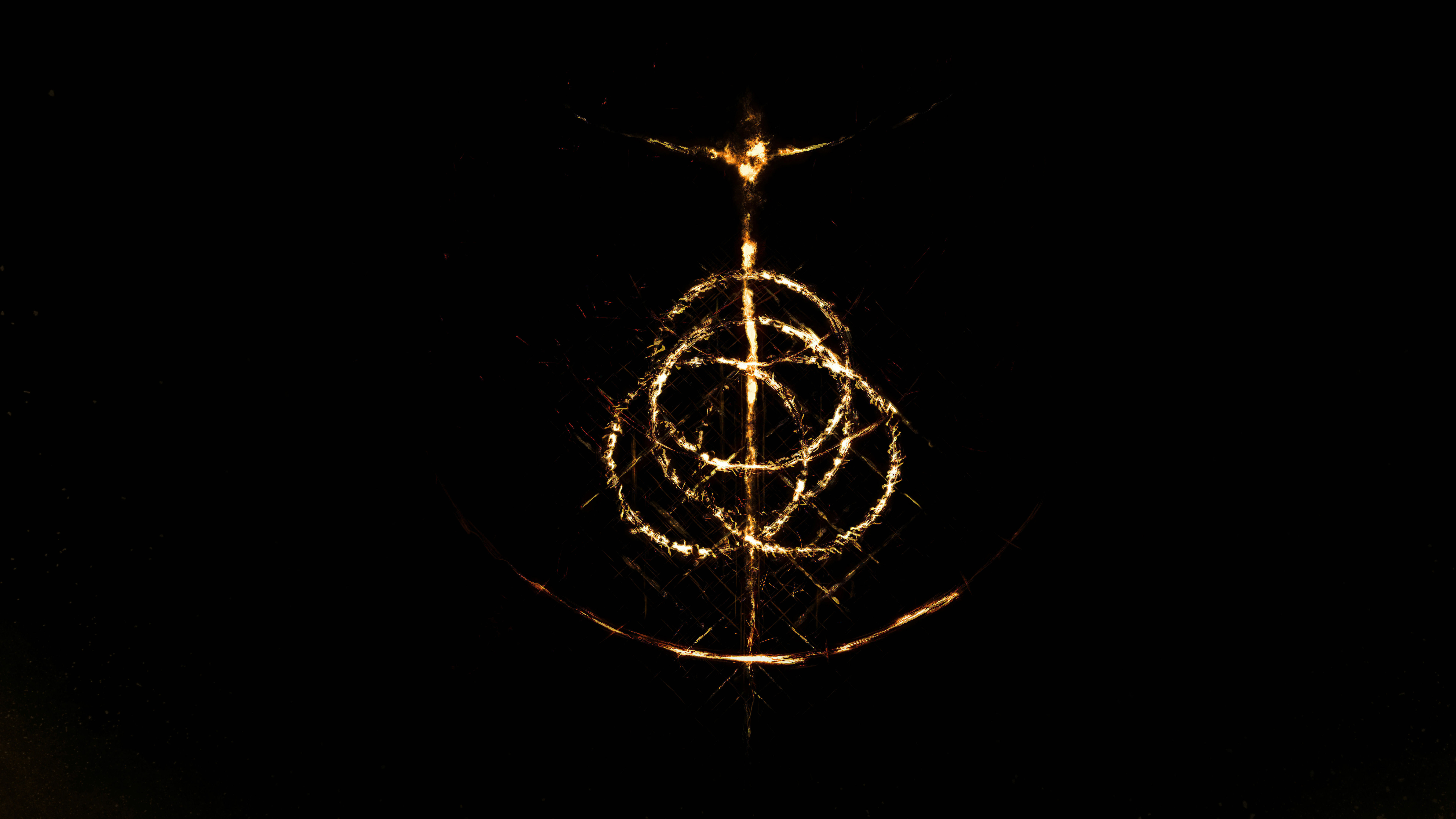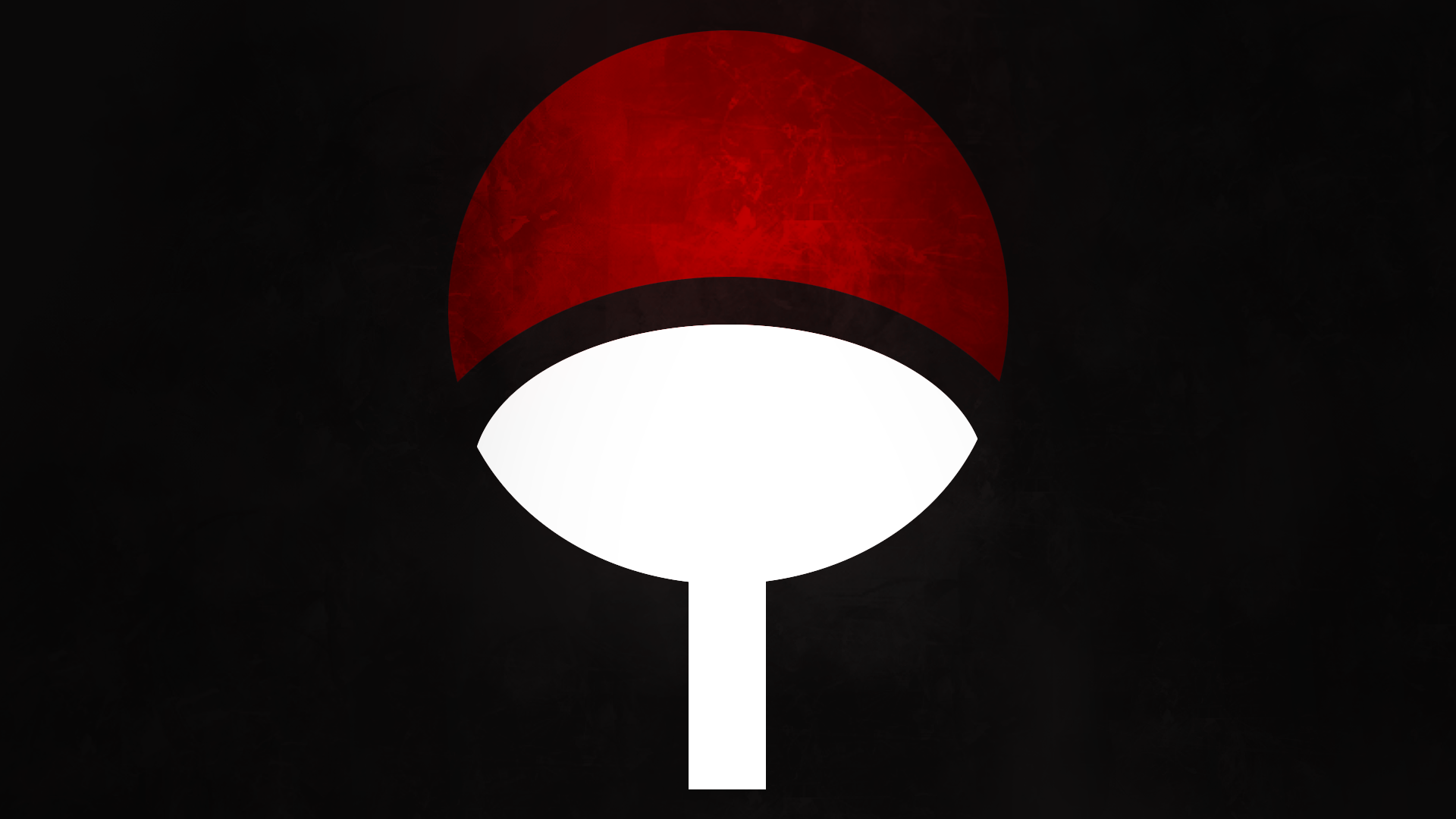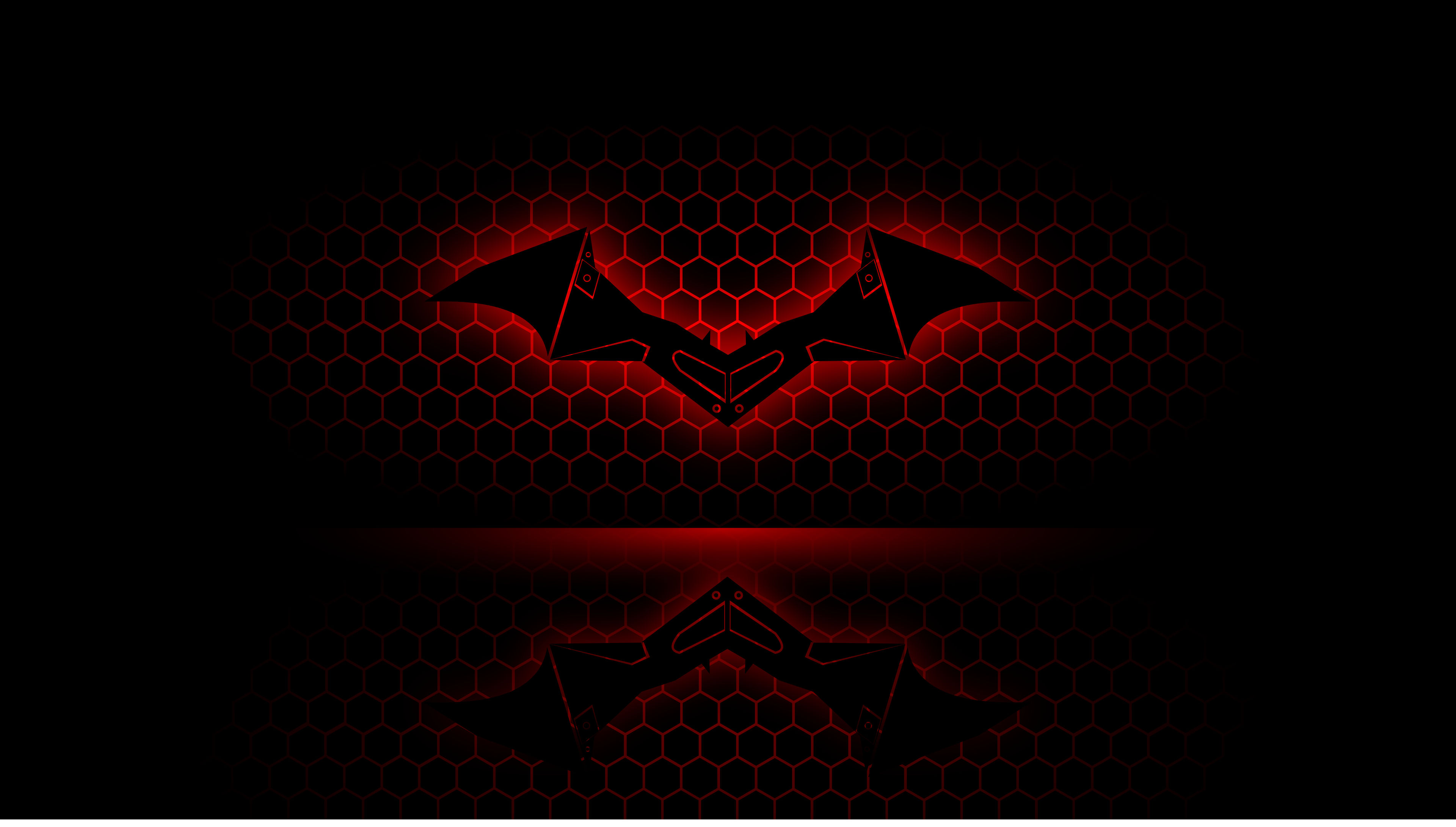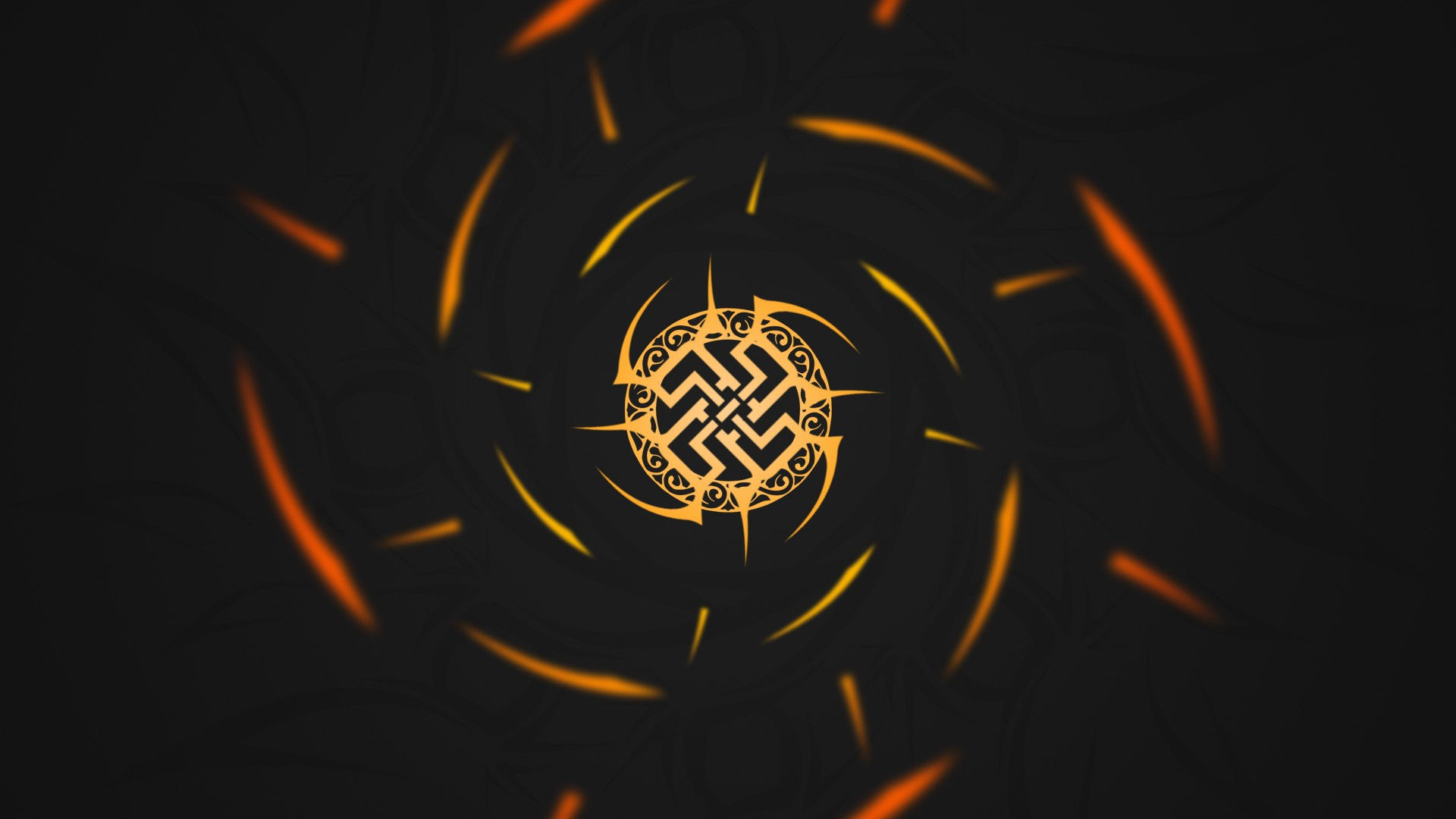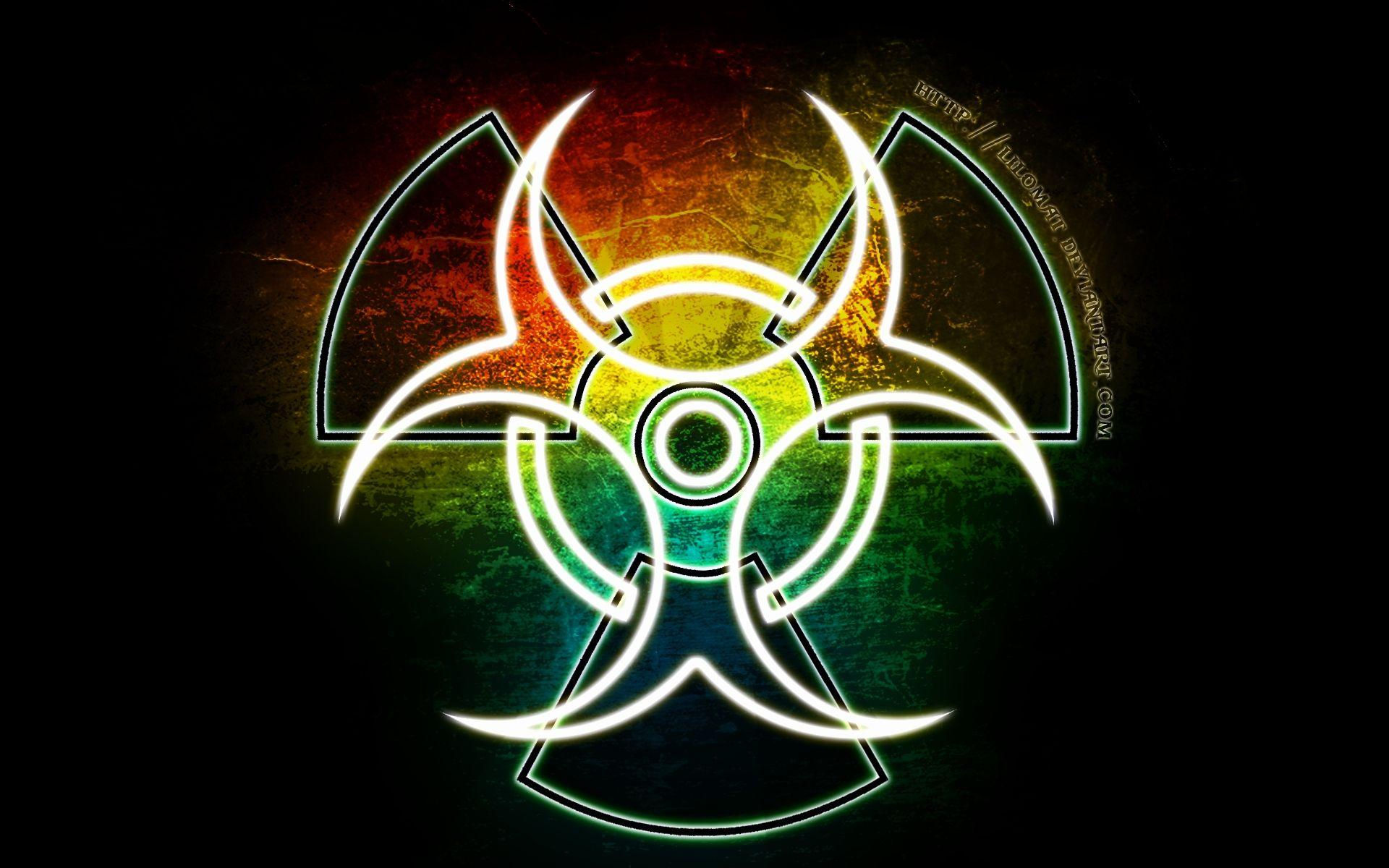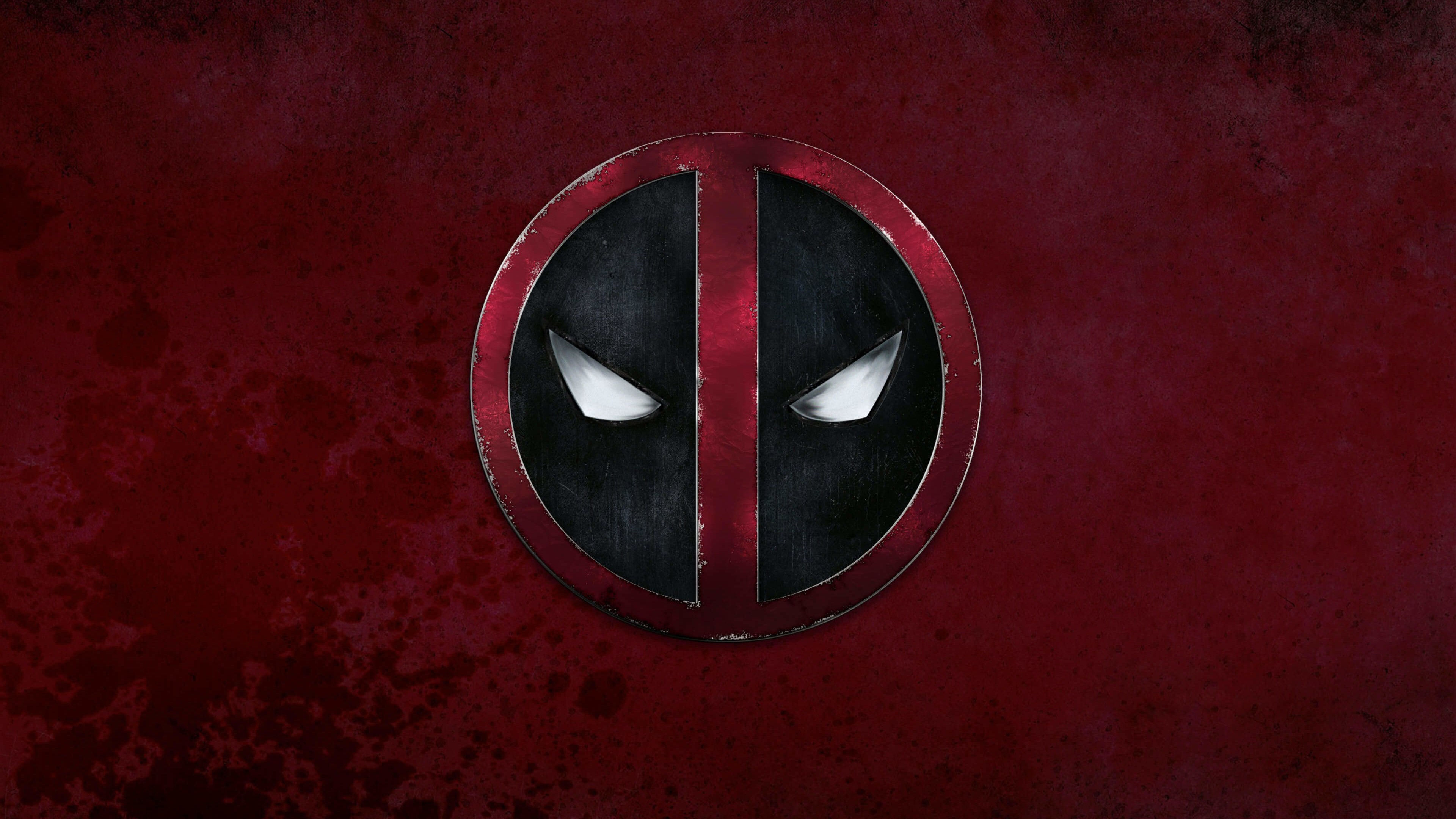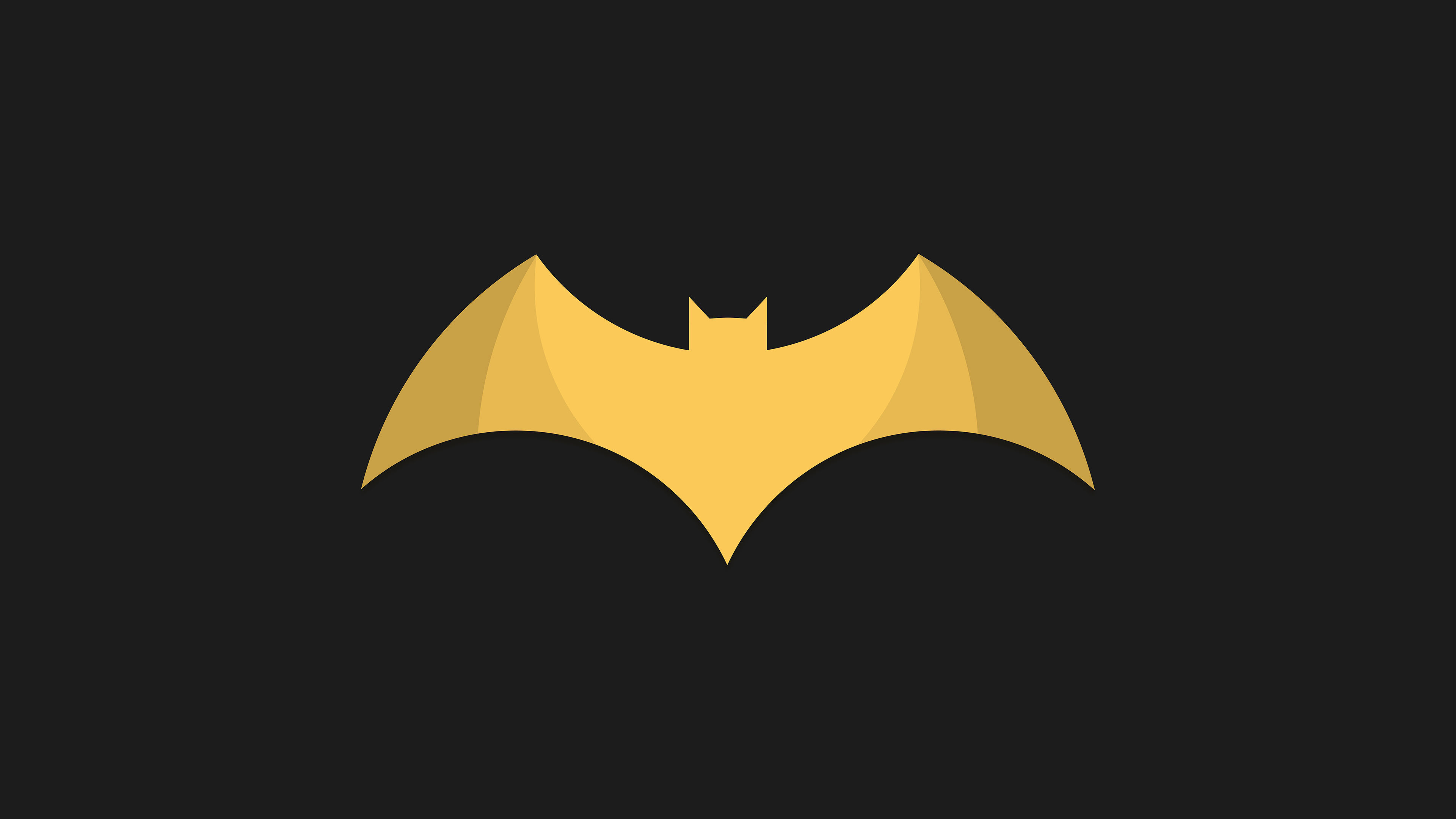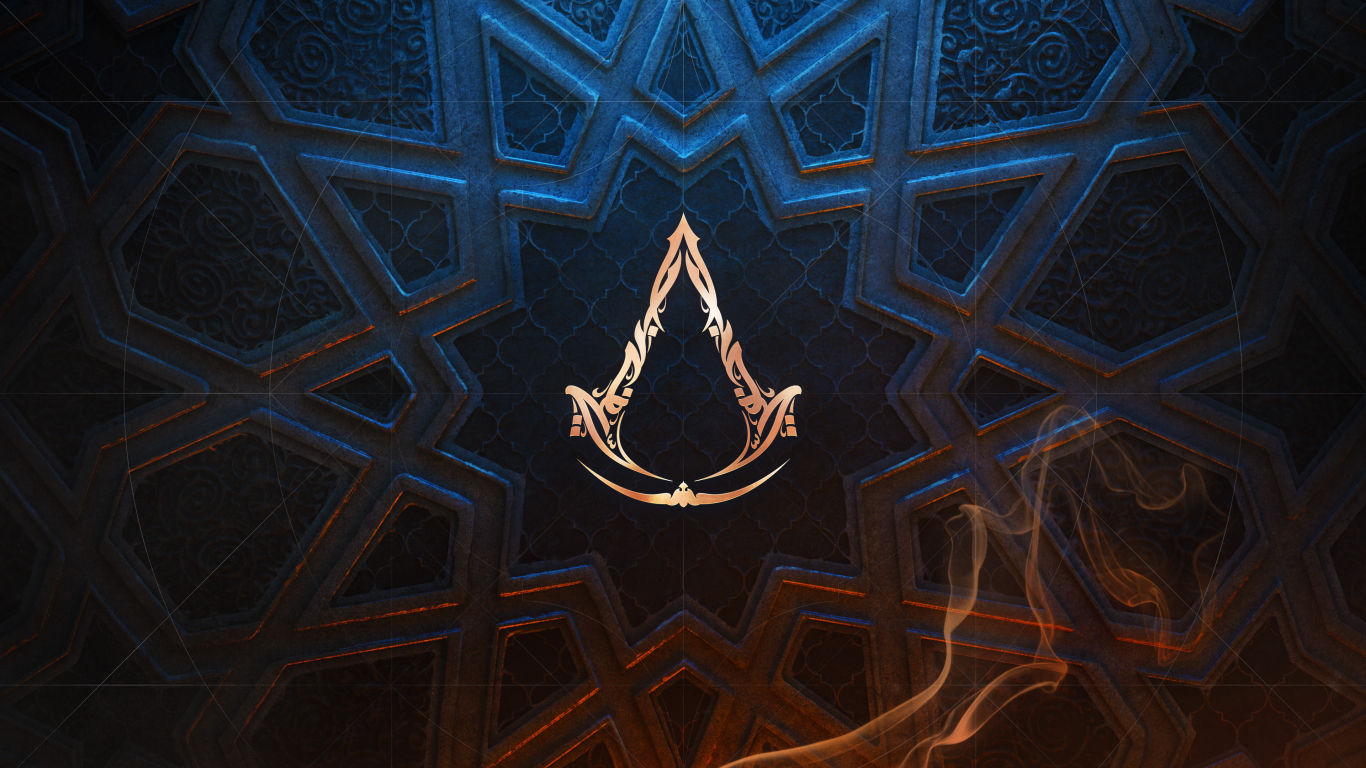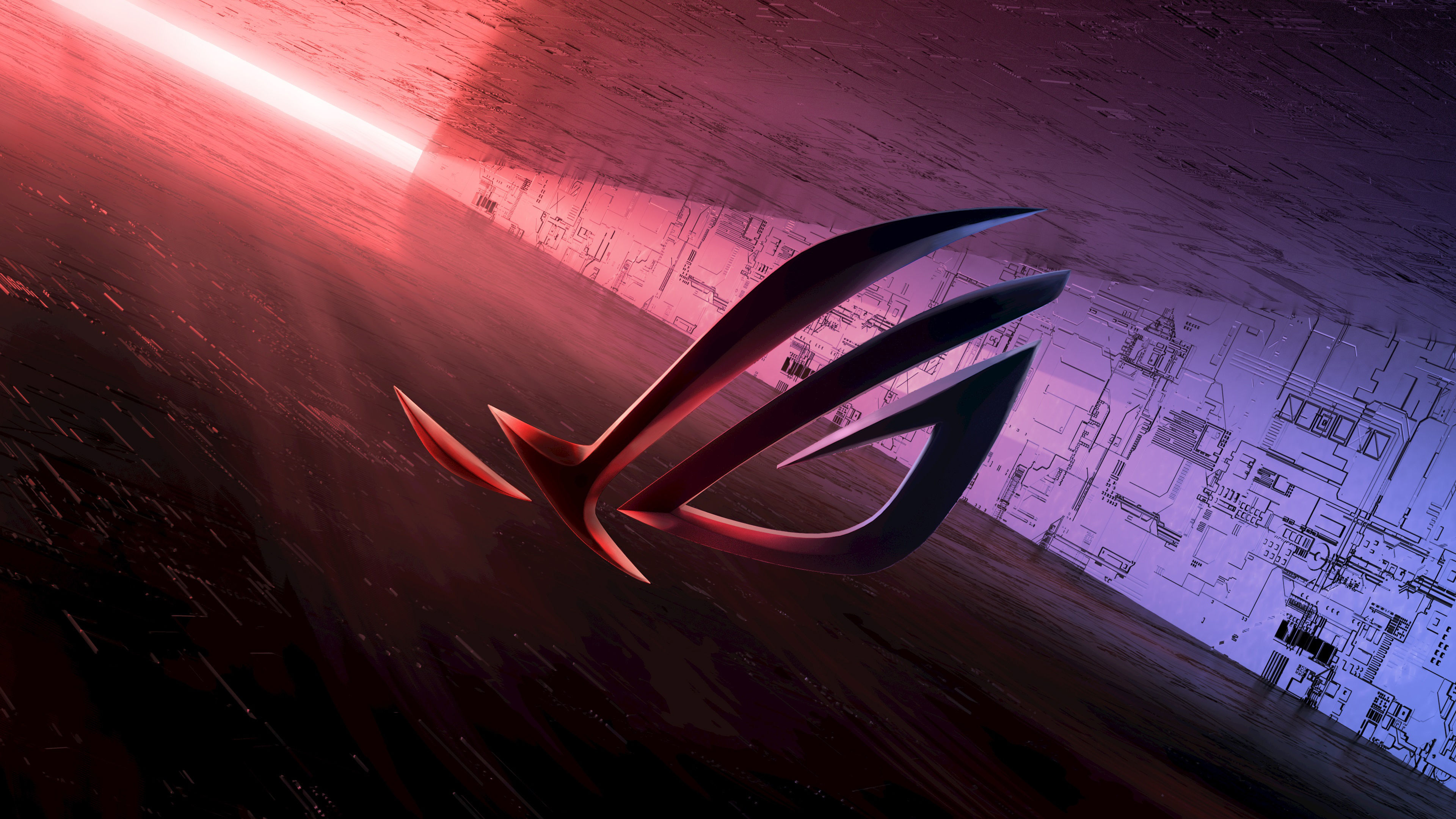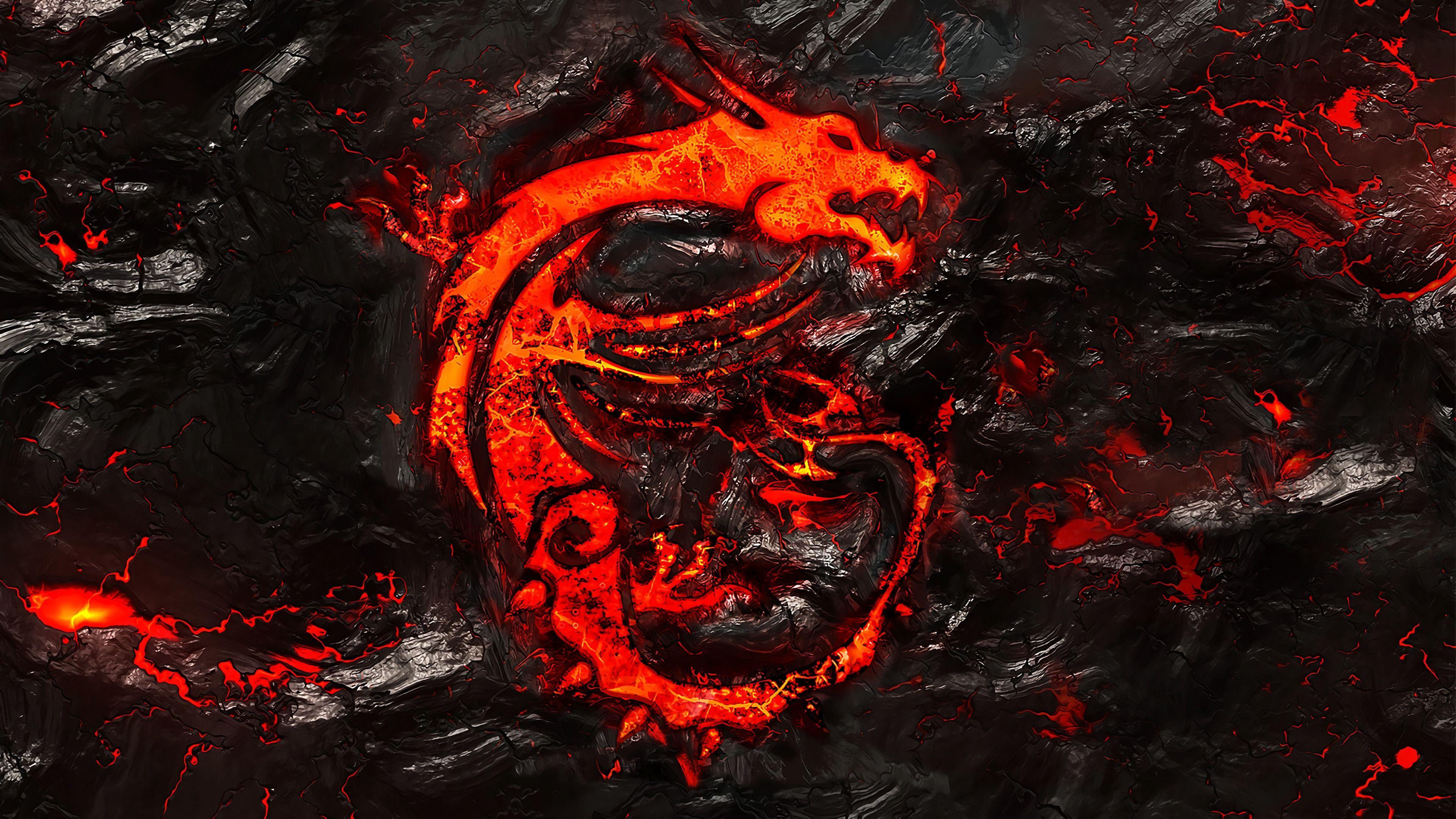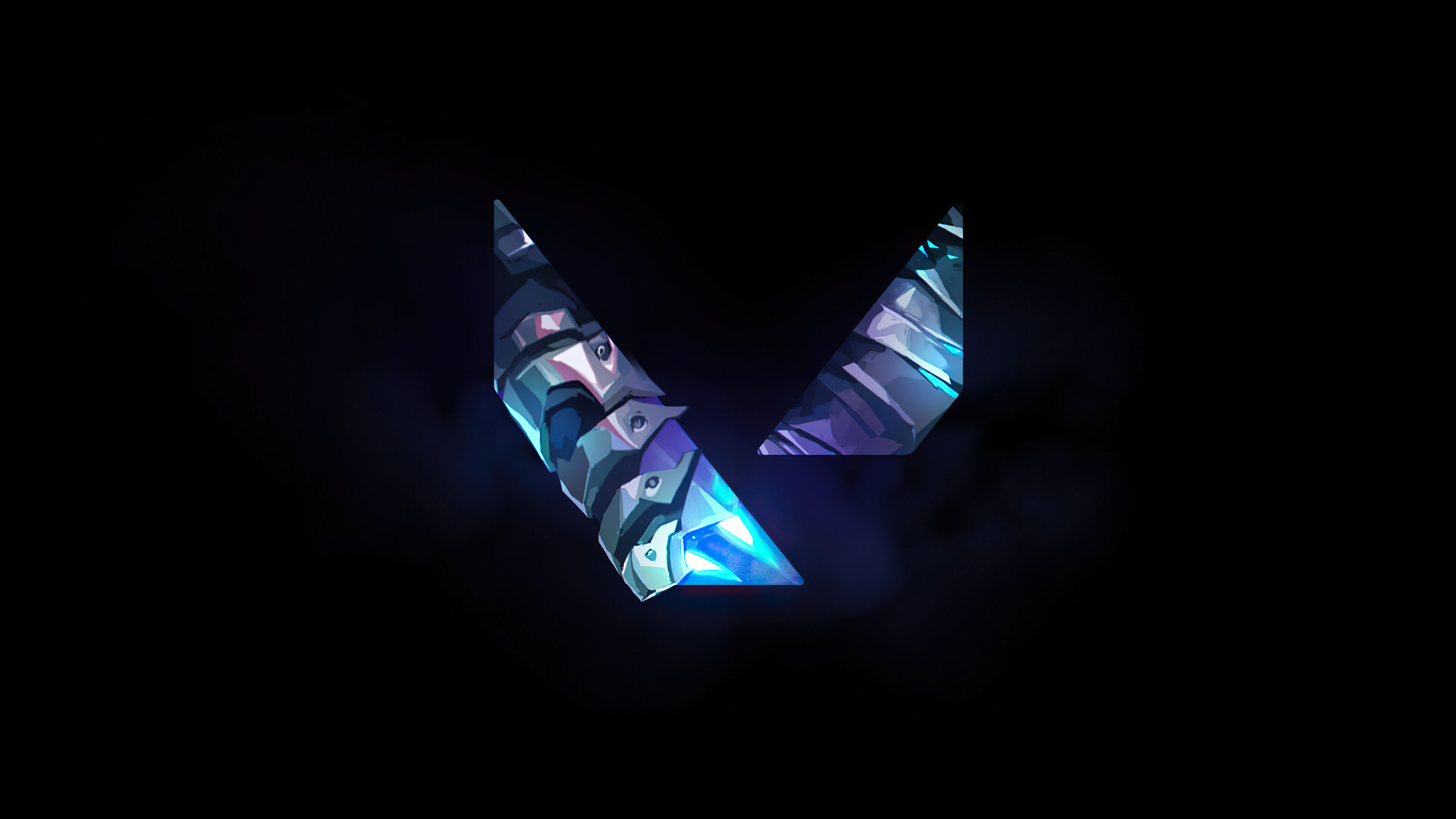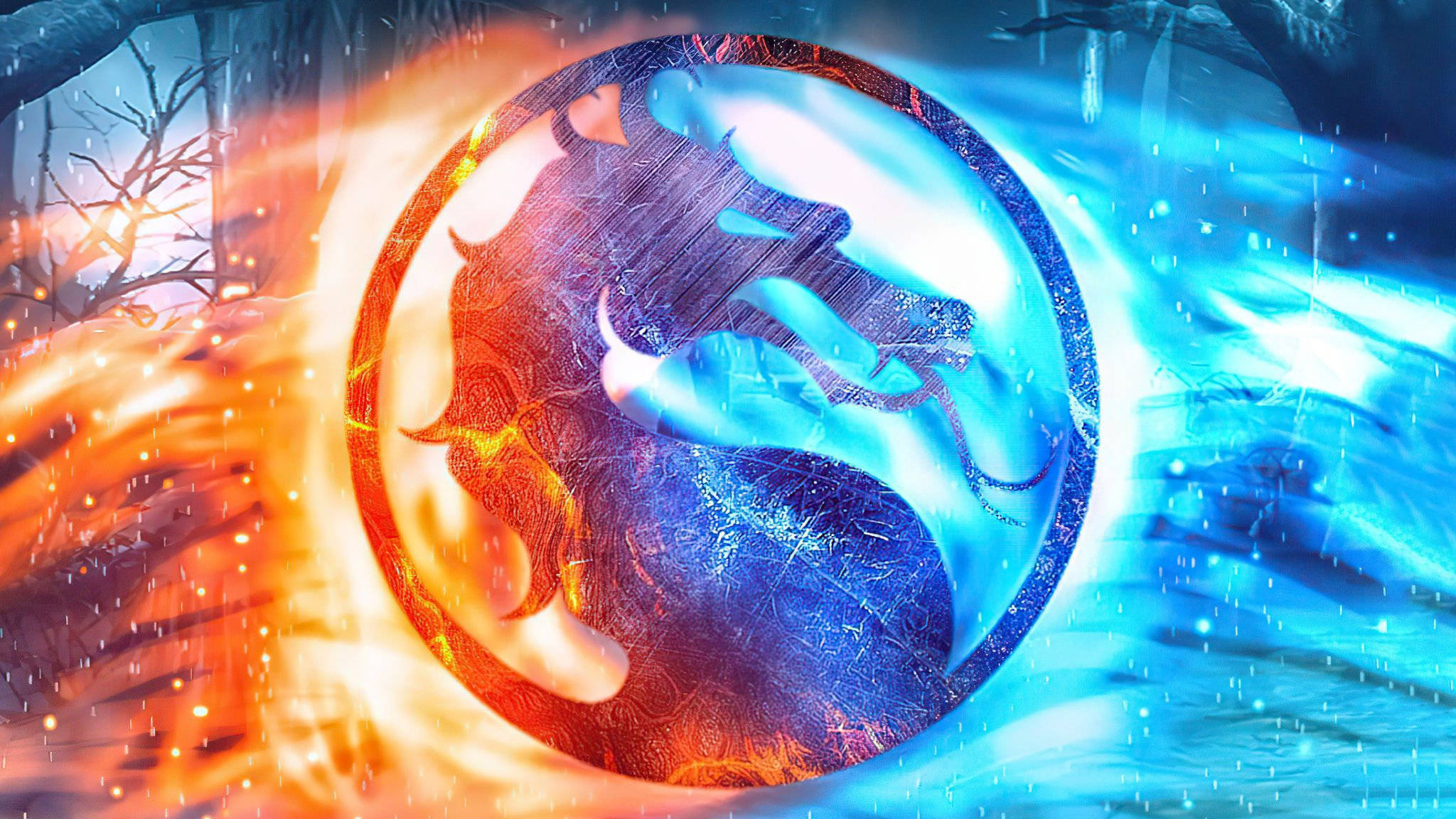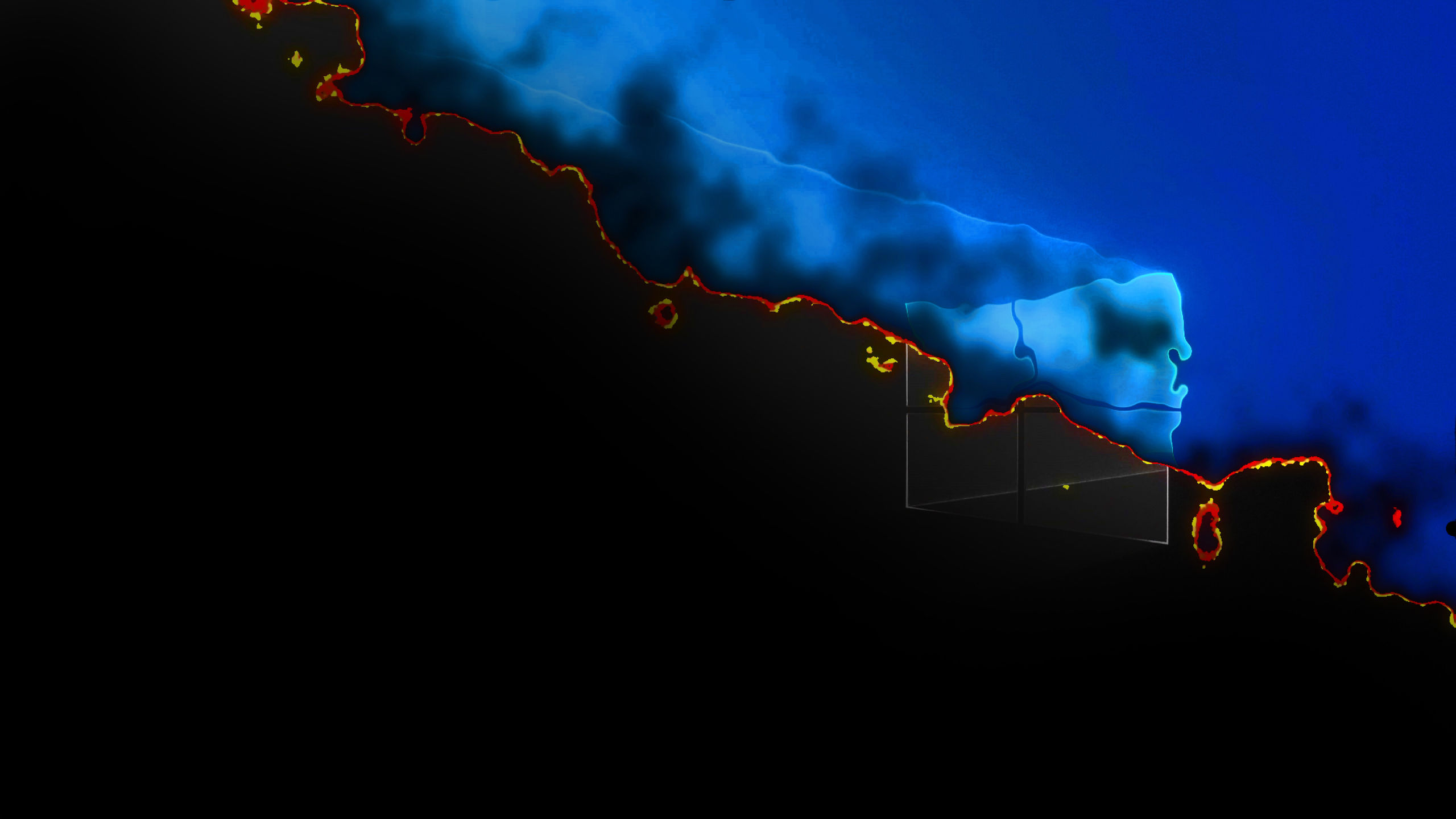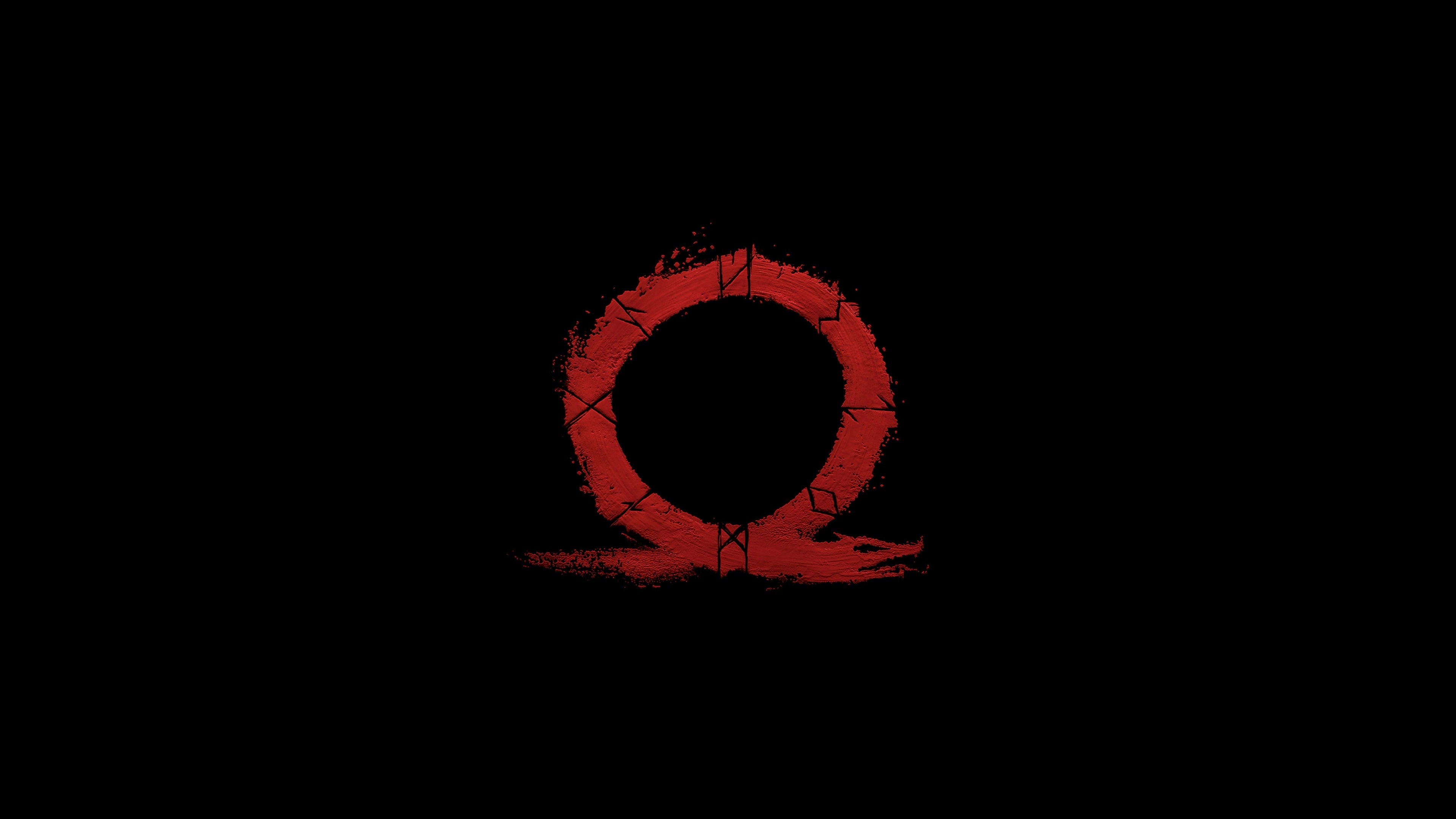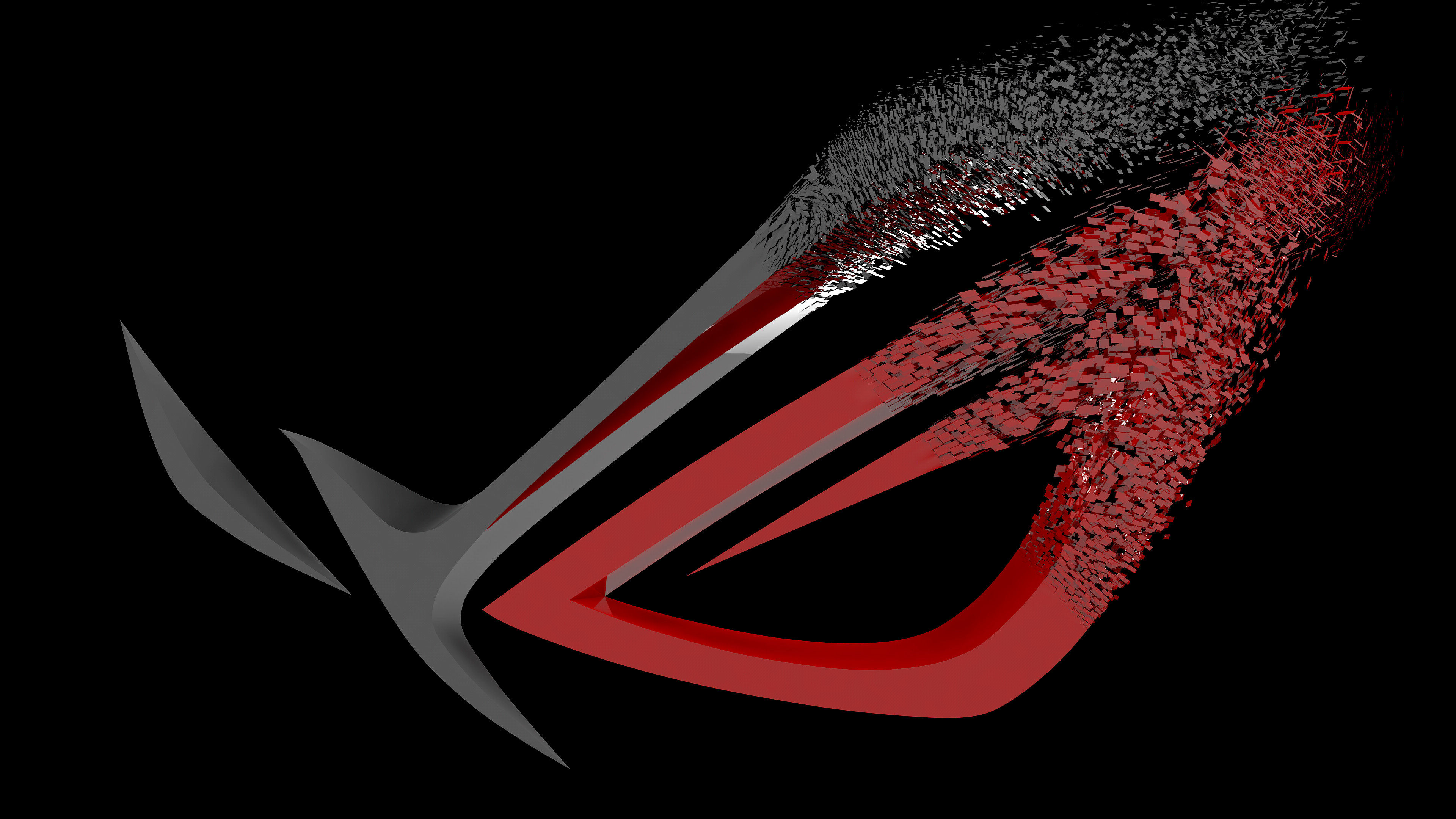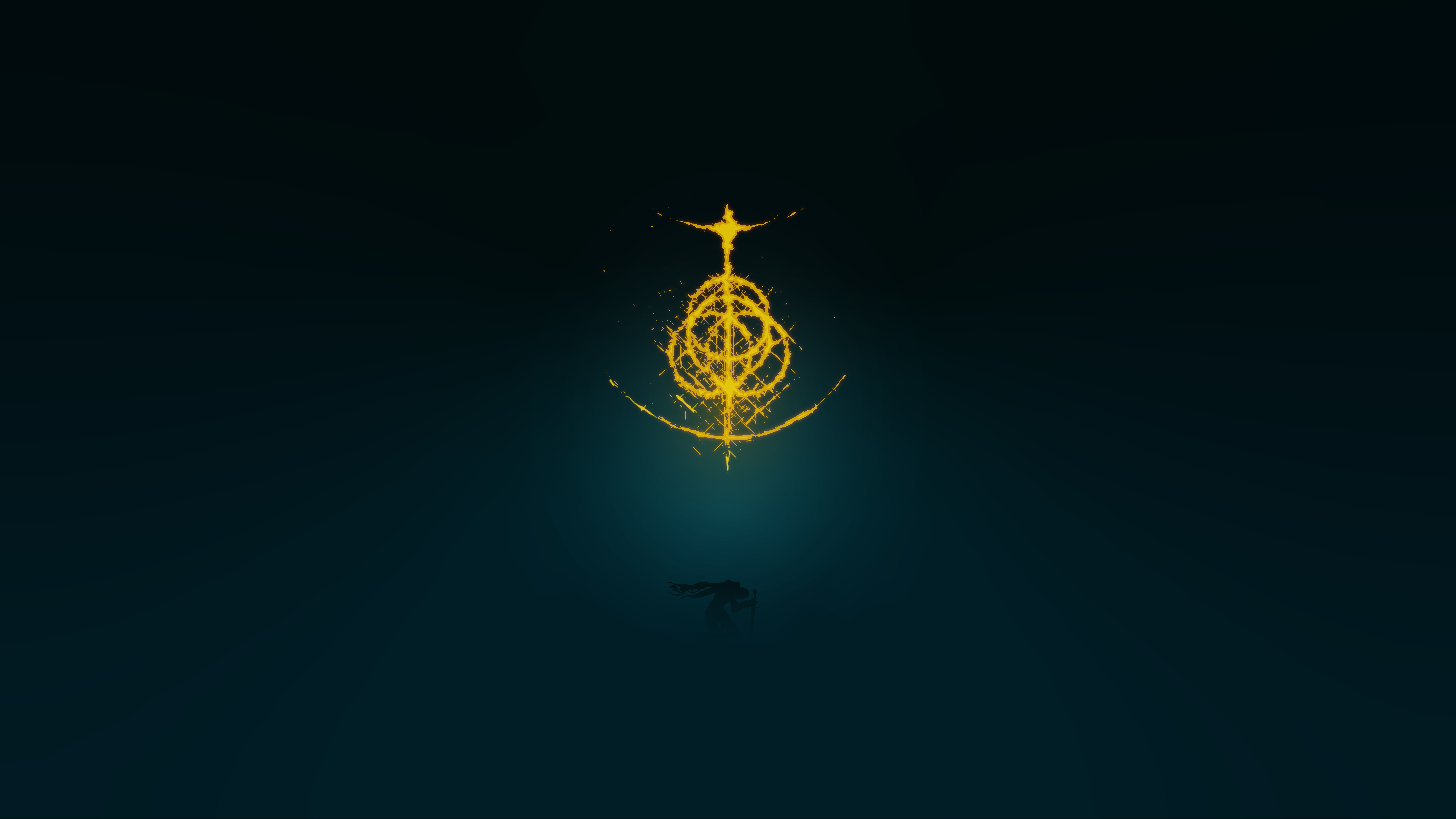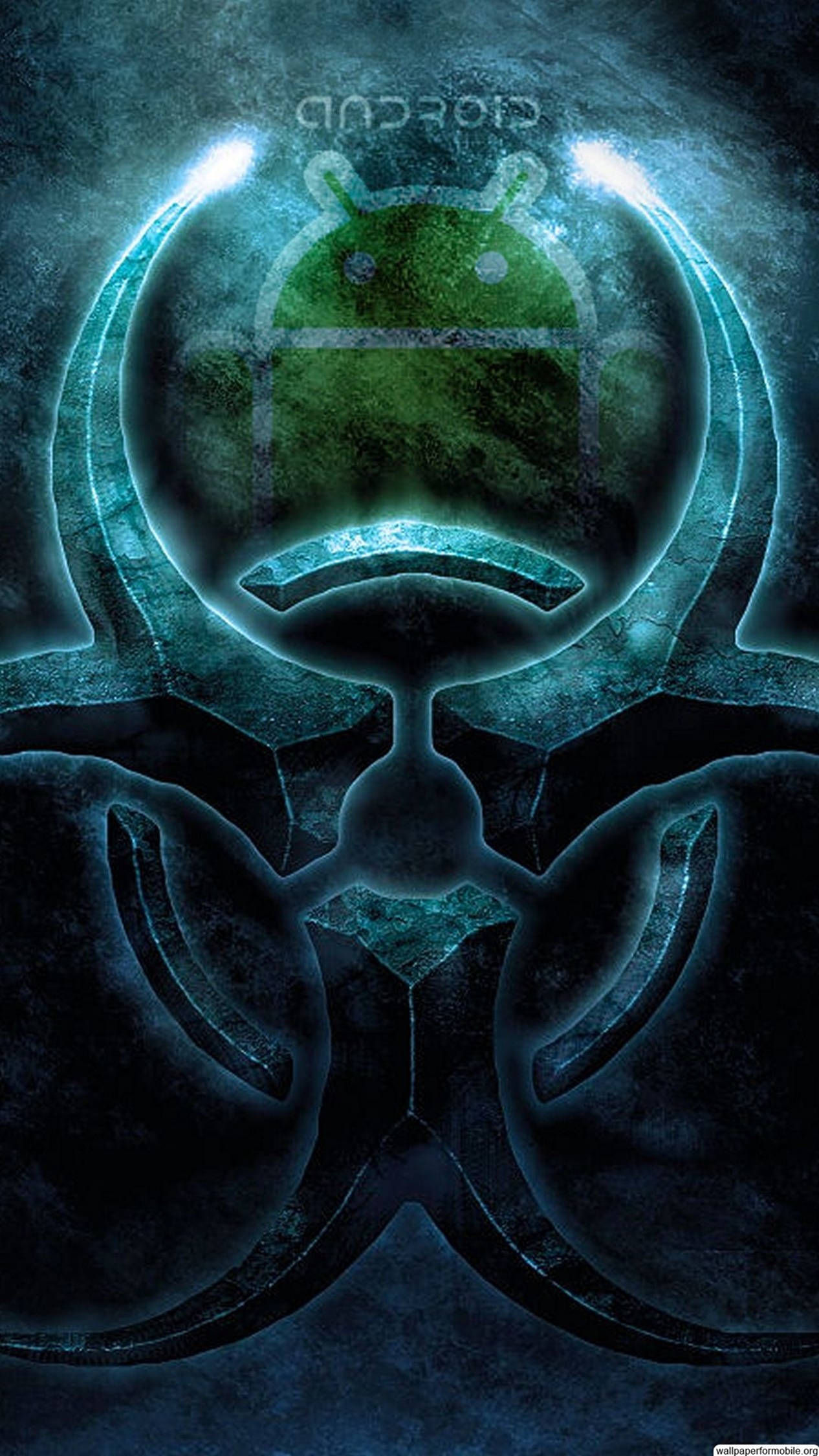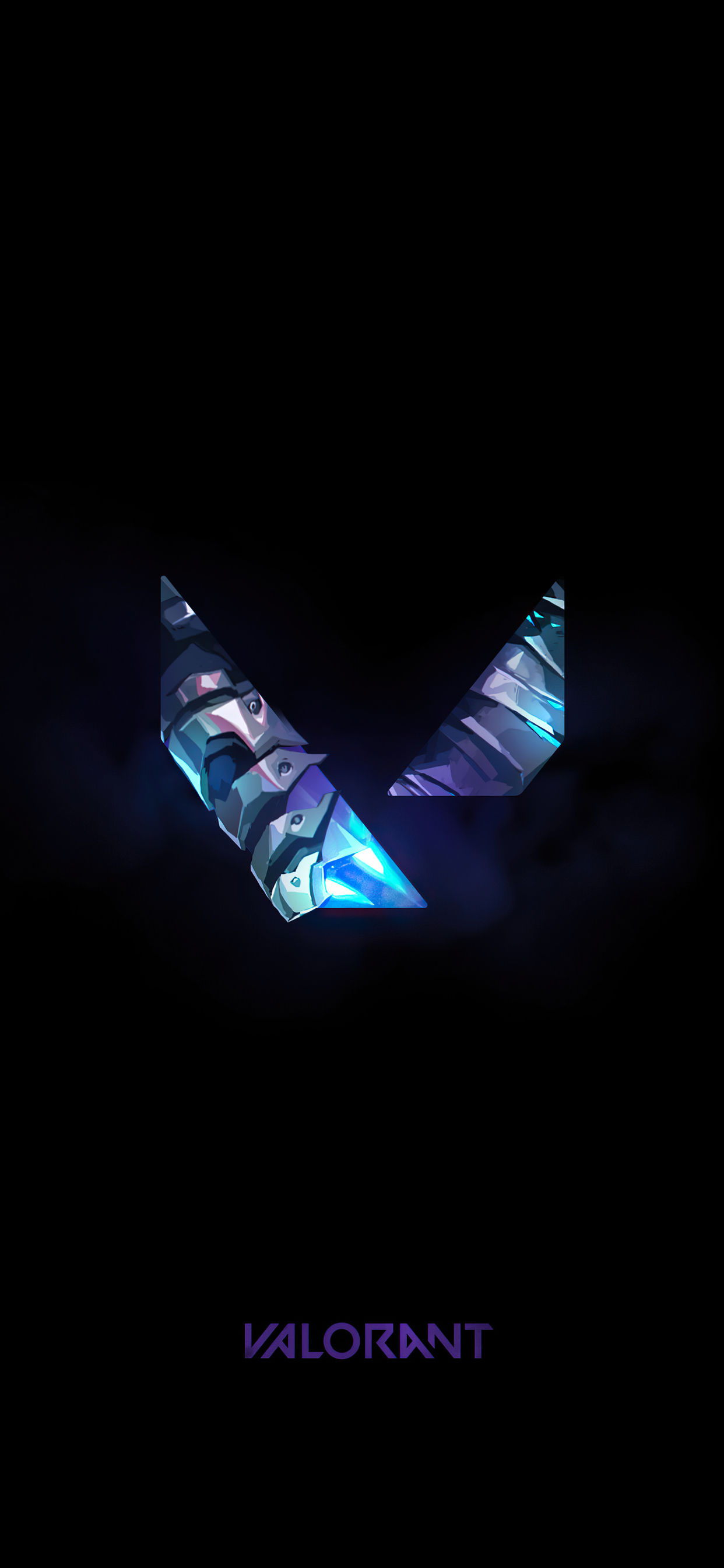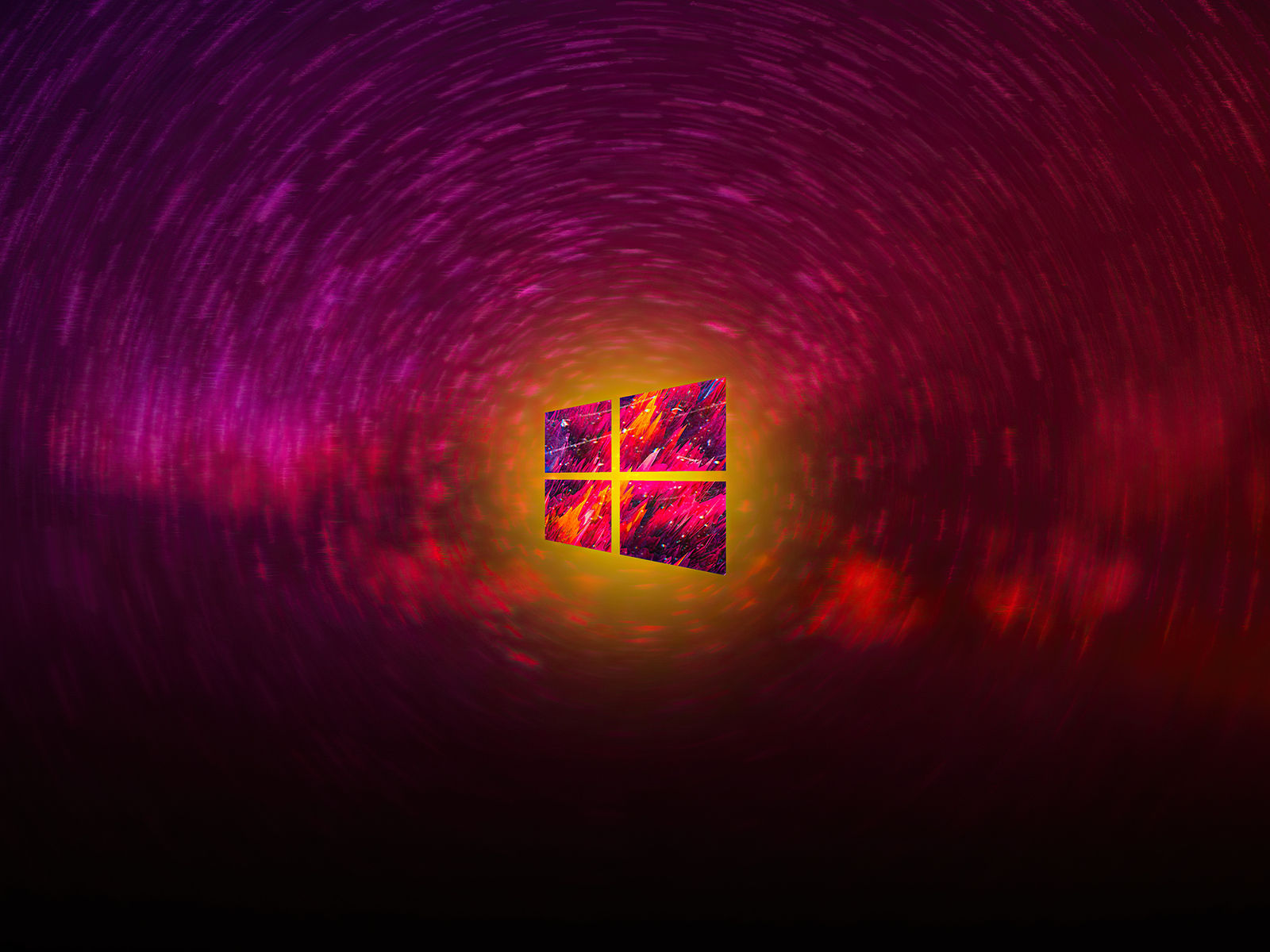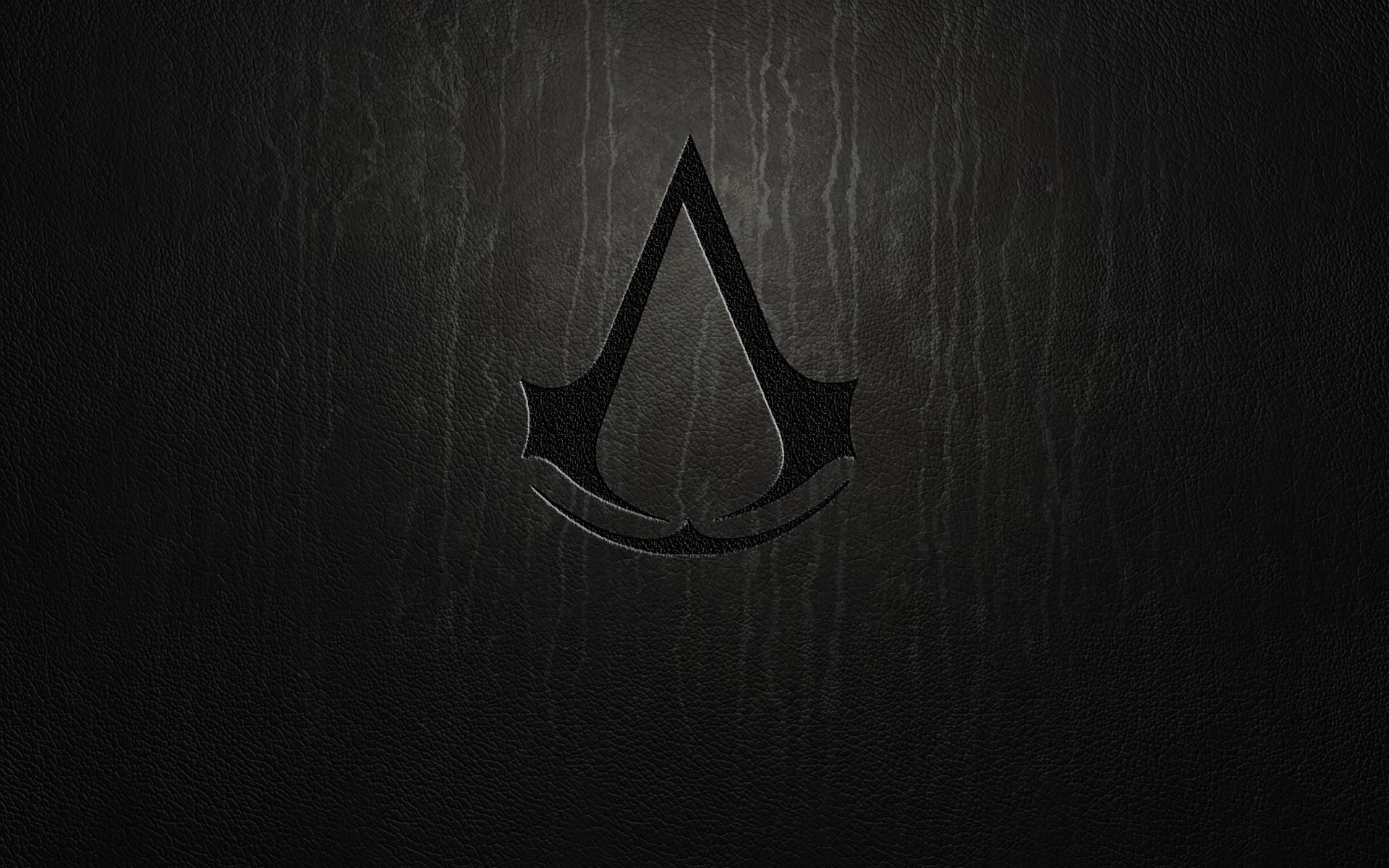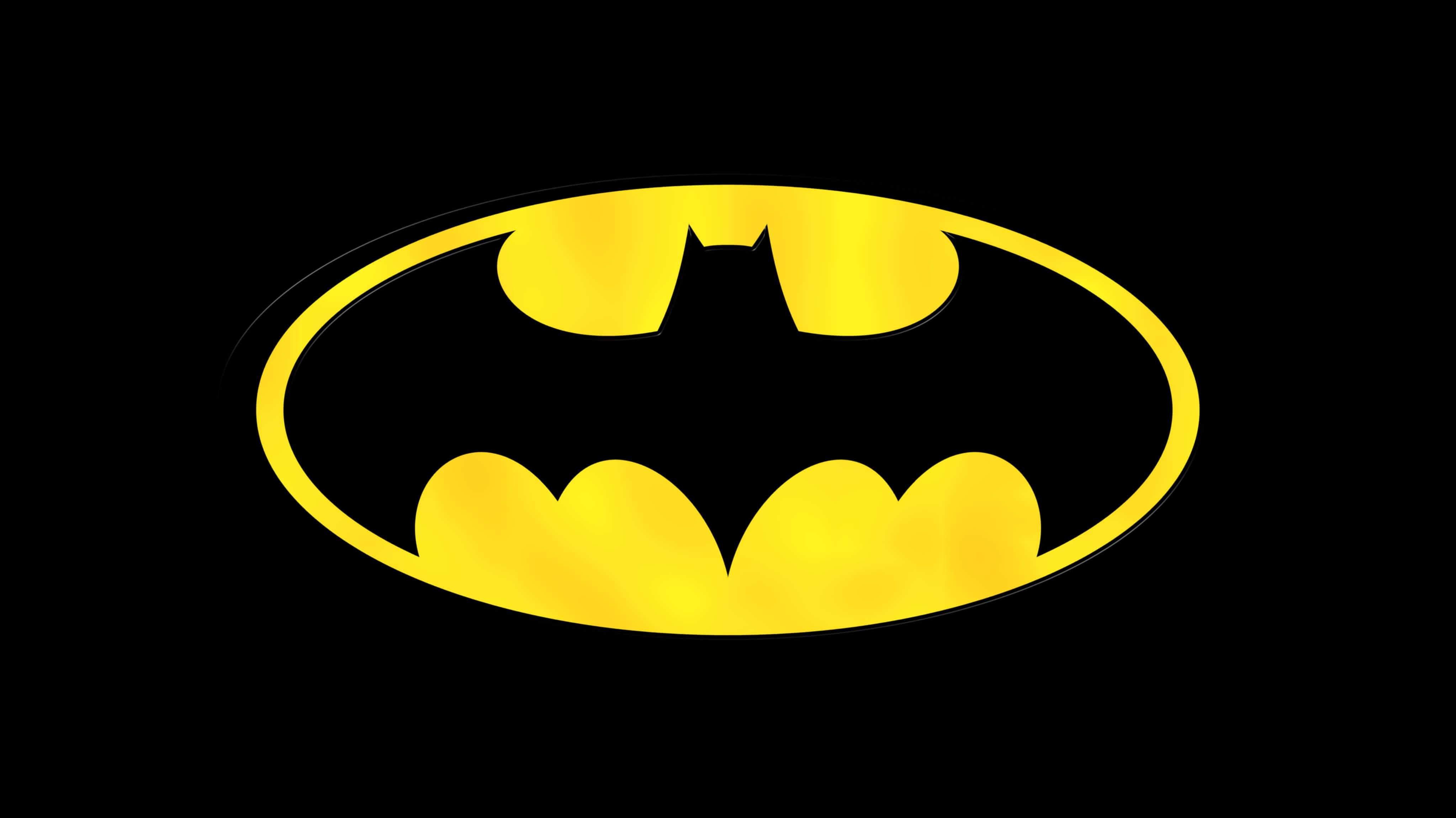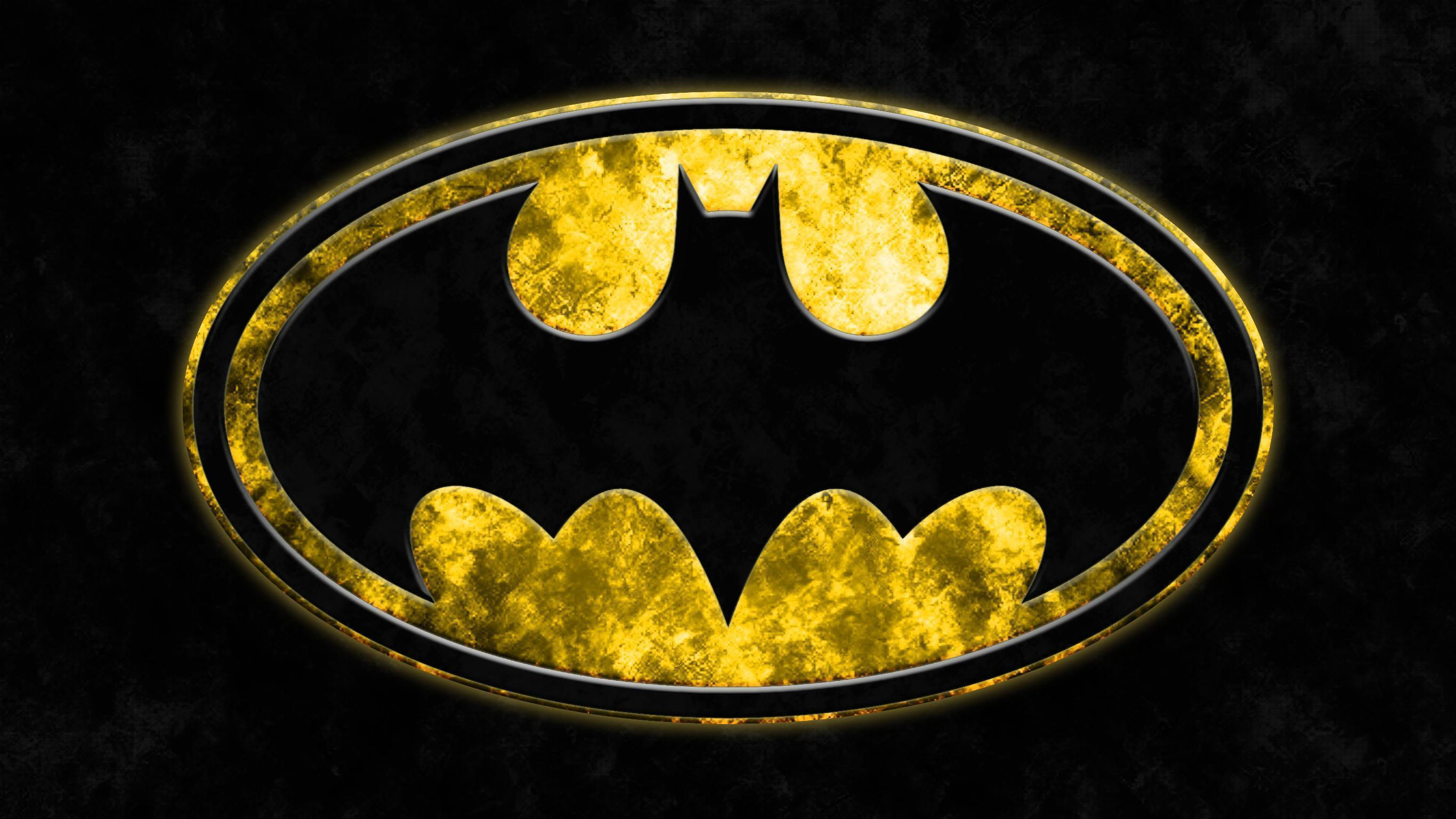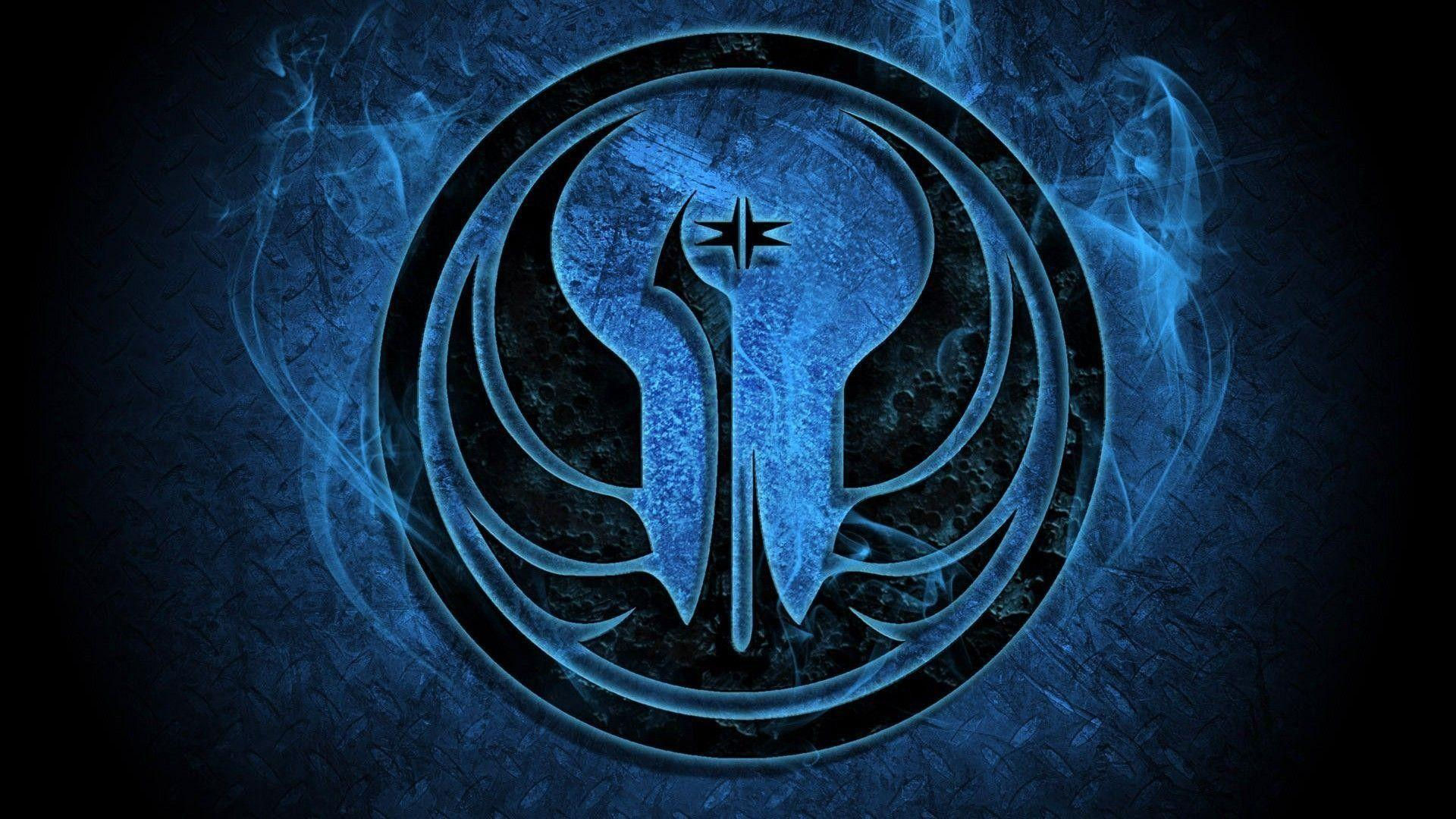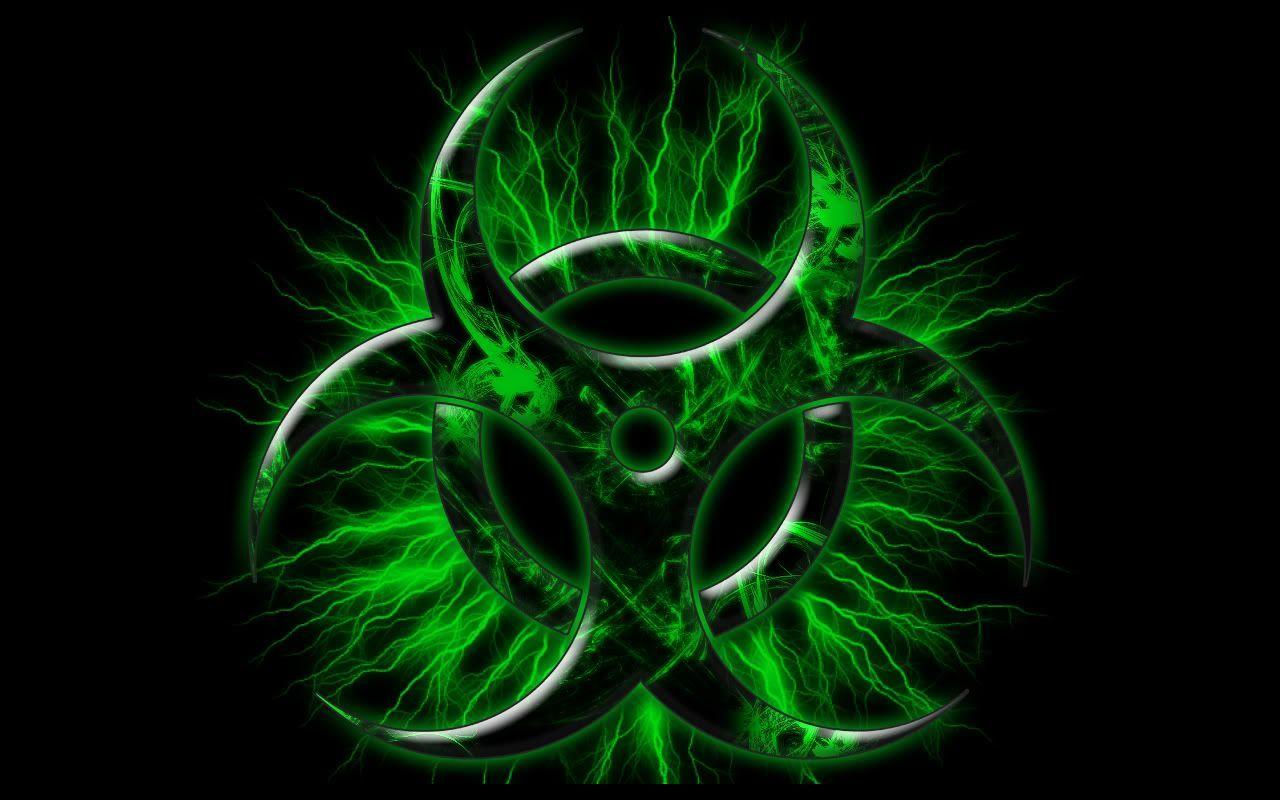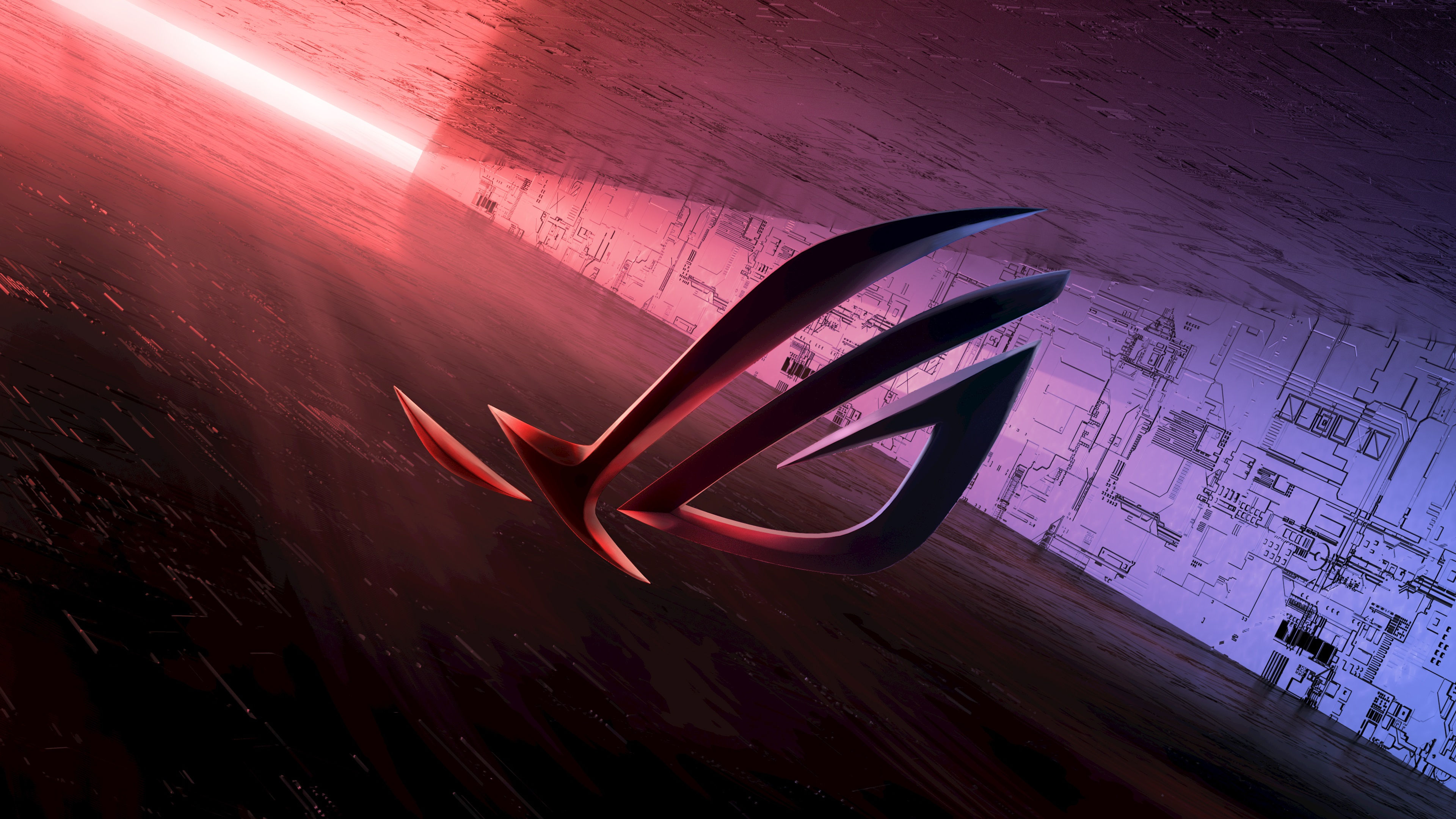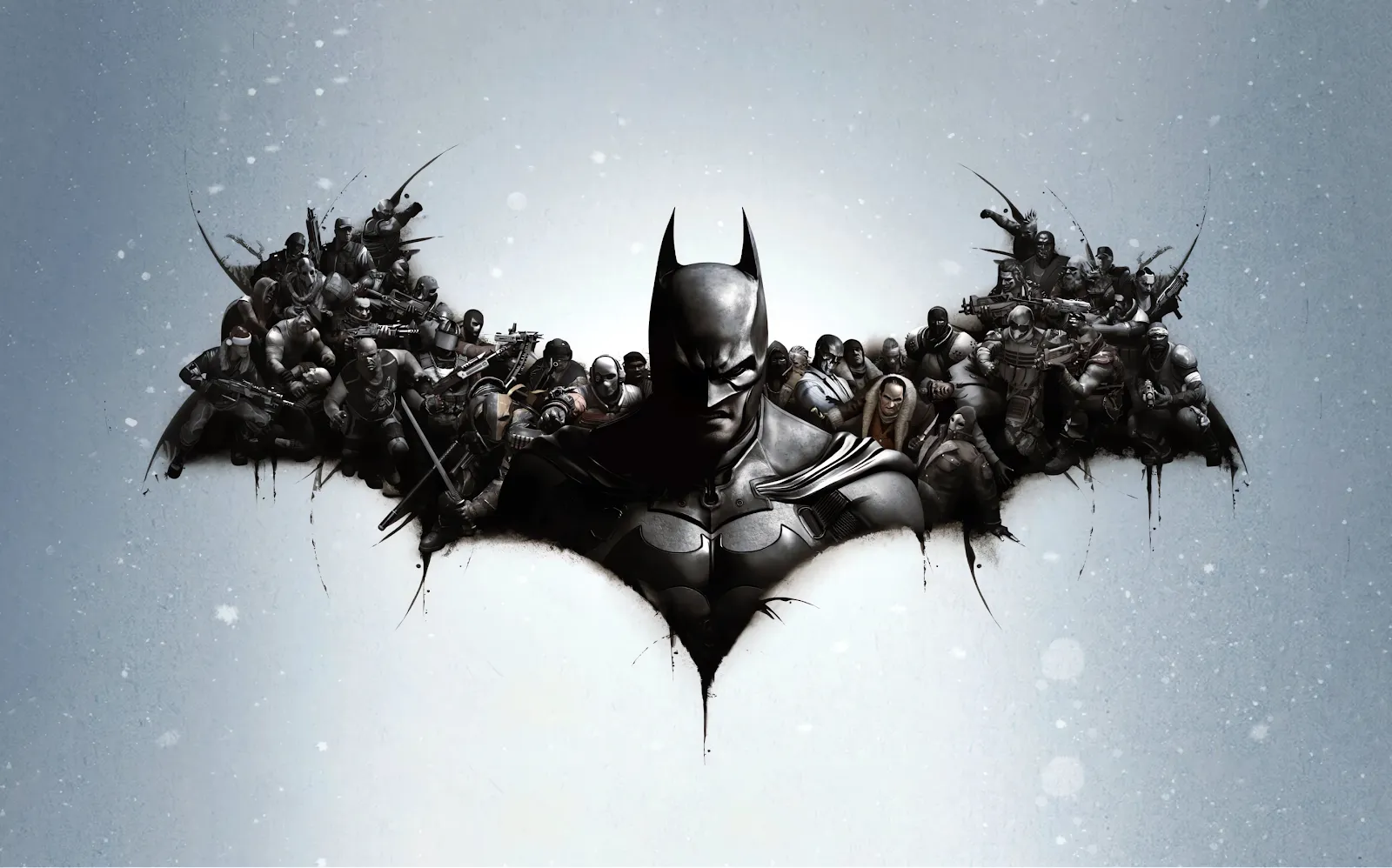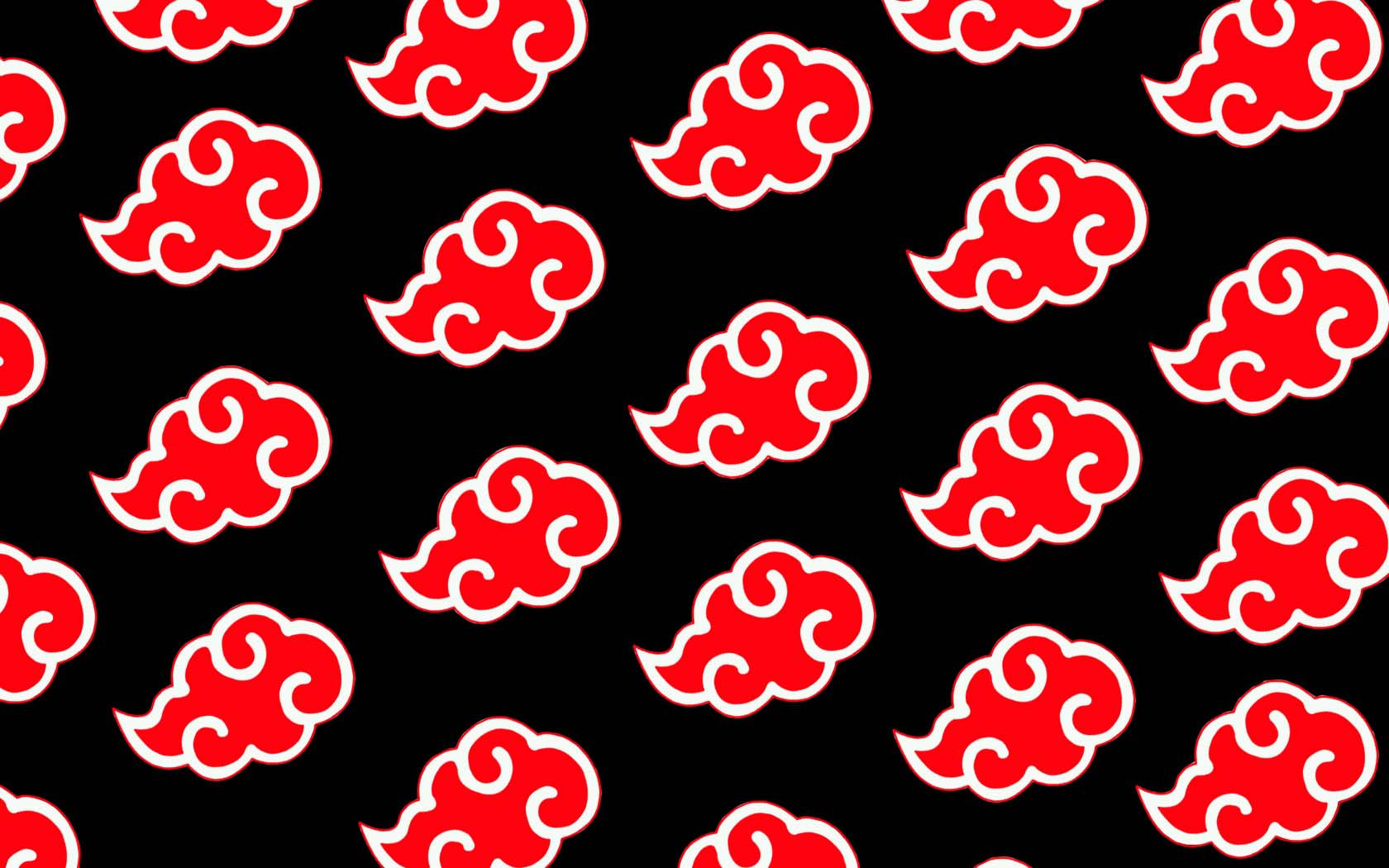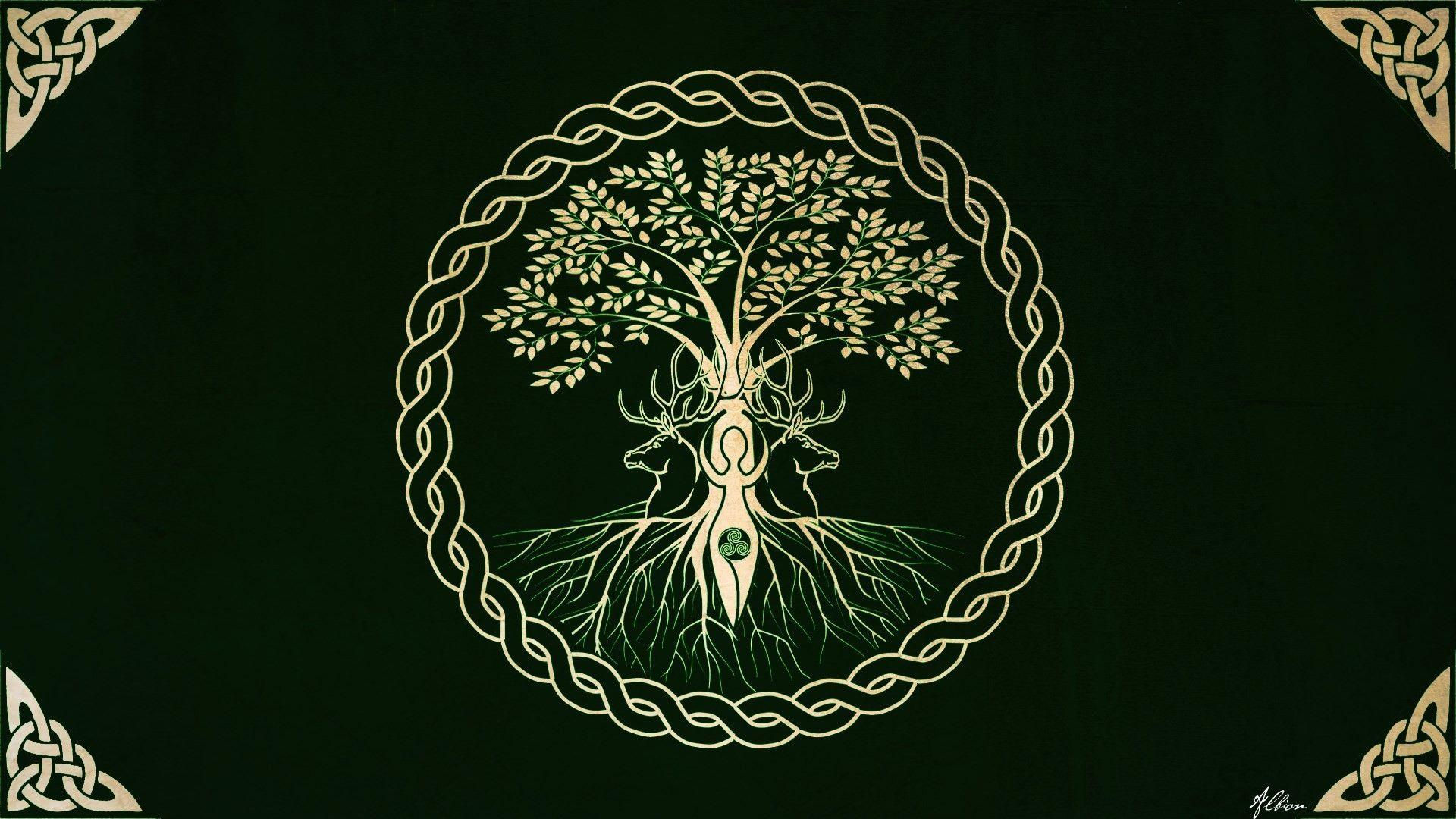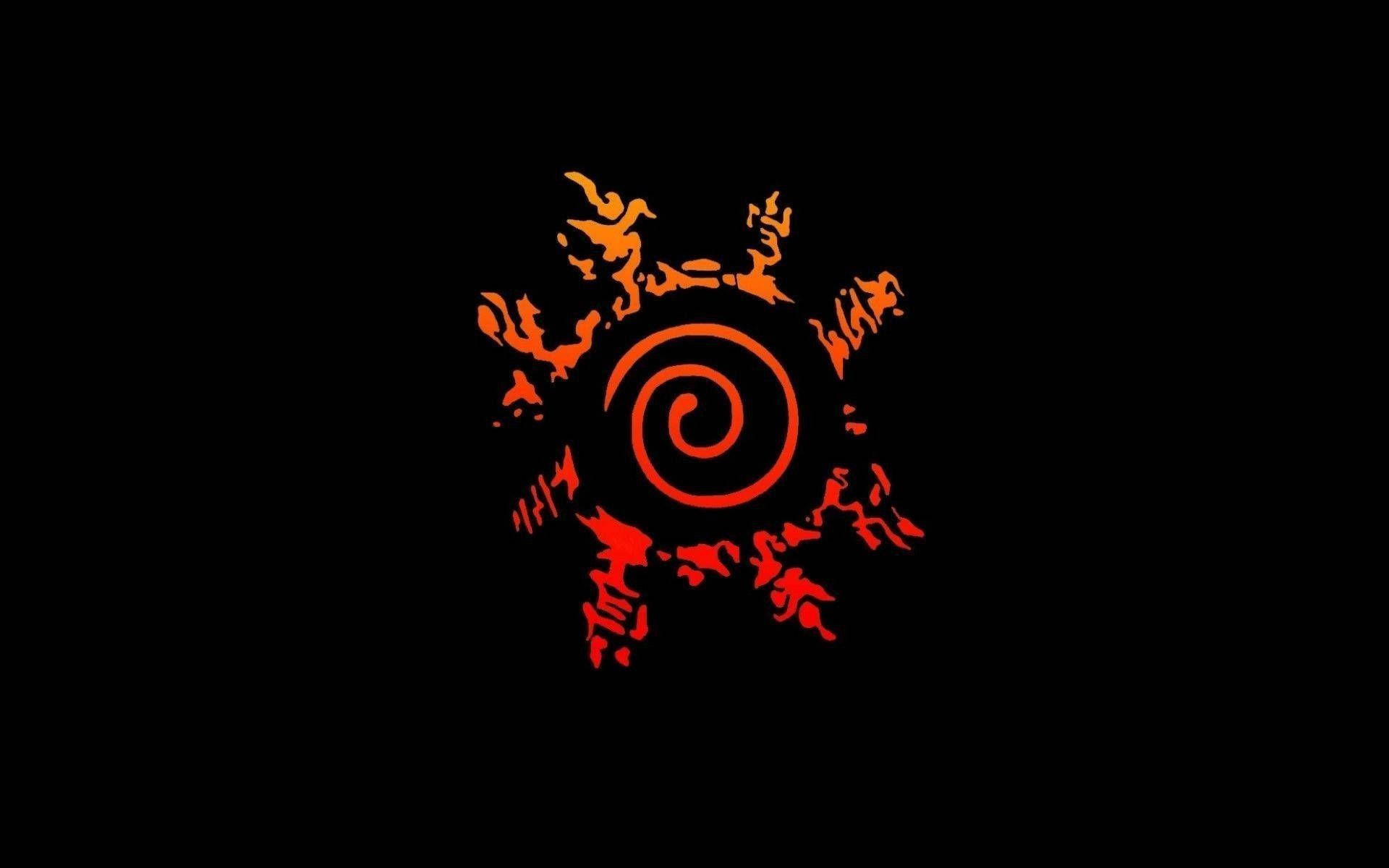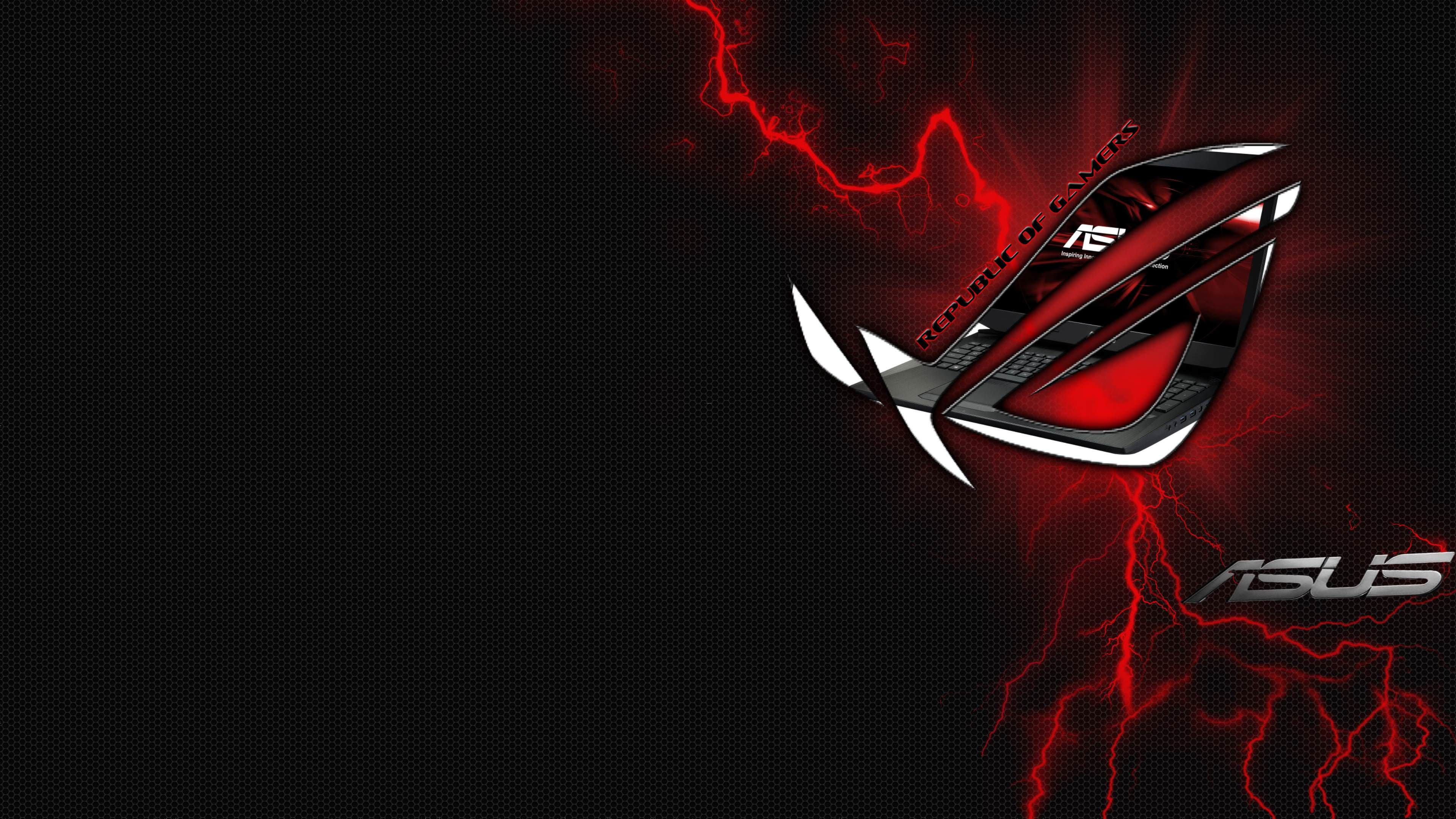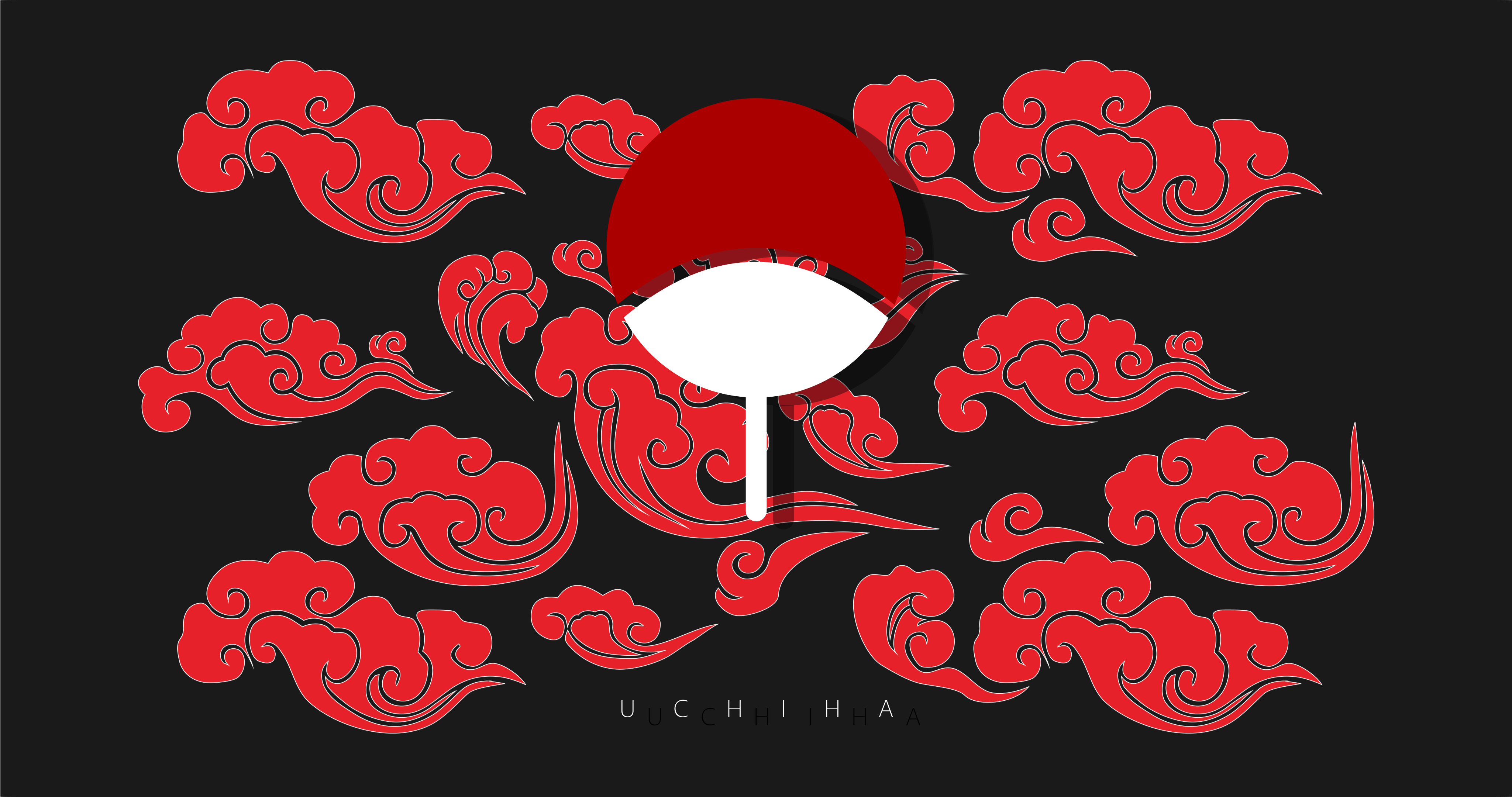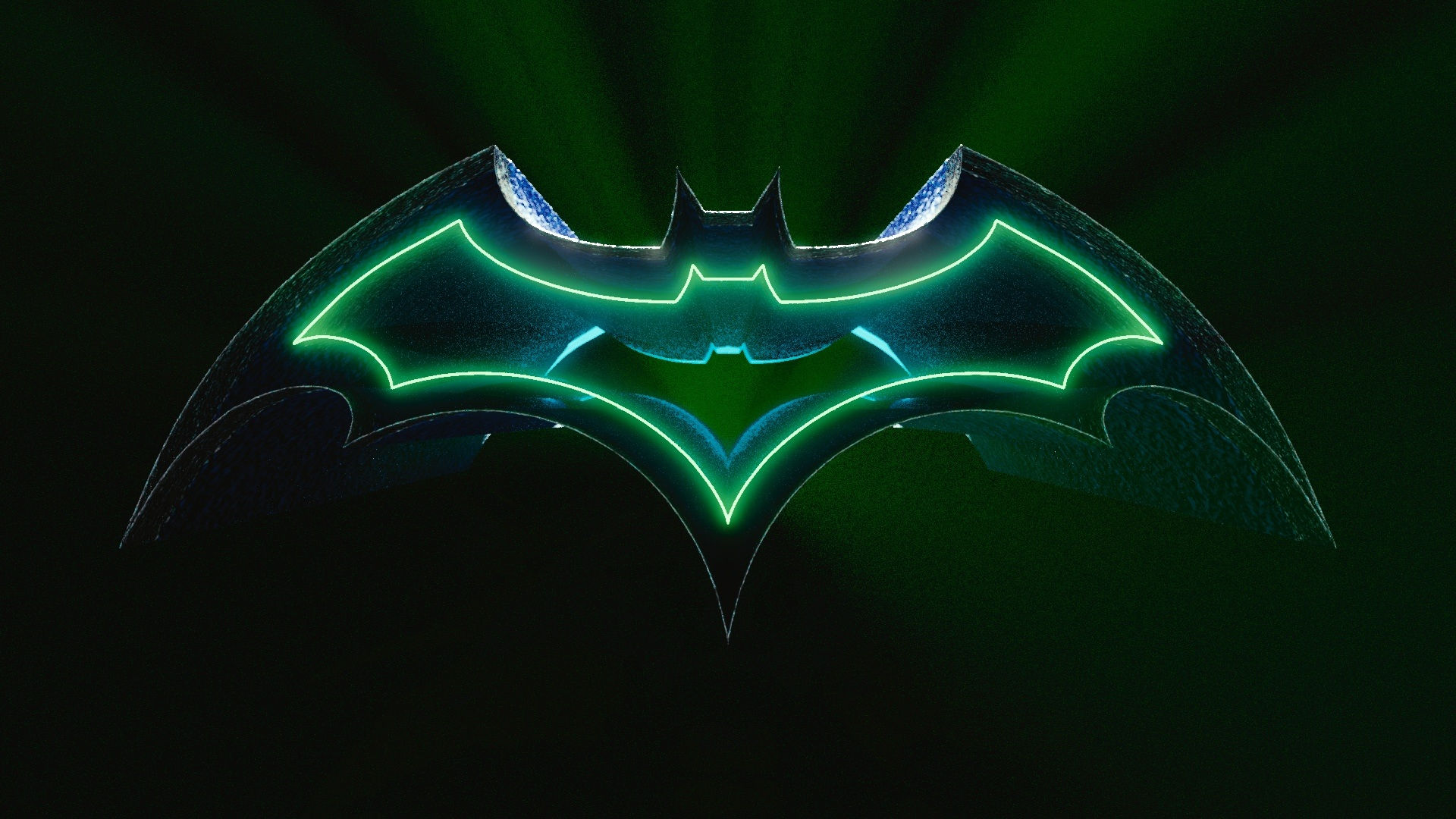Assassin's Creed Codename Hexe: Unveiling the Dark Heart of the Forest
The image, a cryptic symbol shrouded in shadows and arcane markings, isn't just a logo; it's a prelude to a chilling chapter in the Assassin's Creed saga. Codenamed "Hexe," German for "witch," this installment promises a departure from the familiar, venturing into a darker, more occult realm within the series' rich tapestry of history and mythology. The image itself, with its stark aesthetic and unsettling symbolism, perfectly captures this impending shift in tone.
Let's dissect the visual elements:
The central figure is a stylized Assassin's Creed logo, but profoundly altered. Instead of the clean, sharp lines of previous iterations, this emblem is crafted from gnarled, dark branches, evoking a sense of age, decay, and the untamed wilderness. These twisted limbs, bound together at the apex, suggest both fragility and resilience, hinting at the trials and tribulations the protagonist may face. The organic, almost visceral nature of this logo stands in stark contrast to the precise geometry of the surrounding circle.
This circle, reminiscent of a protective ward or a forbidden ritual, is inscribed with cryptic symbols and numbers. The geometric precision contrasts sharply with the organic chaos of the central branches, creating a captivating tension. The symbols themselves, possibly alchemical or runic in nature, hint at a deeper, possibly magical, narrative thread interwoven within the game’s storyline. Their unreadable nature fuels speculation and encourages the player to actively participate in deciphering this visual puzzle. The background, a deep, textured slate, amplifies the feeling of mystery and intrigue, creating a suitably ominous atmosphere.
The Significance of "Hexe":
The codename "Hexe," immediately sets a foreboding tone. It directly conjures images of witchcraft, folklore, and the dark side of medieval and early modern Europe. This implies a narrative steeped in superstition, fear, and the persecution of those deemed "other." It suggests a departure from the primarily political conflicts of previous Assassin's Creed games, delving into a world where religious fanaticism and the supernatural intertwine with historical accuracy.
Historical Context and Potential Setting:
While Ubisoft has been tight-lipped about the game's specific setting, the visual clues point toward a time period and location steeped in folklore and superstition. The imagery suggests a dense, primeval forest, possibly in central or northern Europe during a period of intense religious turmoil, like the late medieval era or the early modern period during the witch hunts. This could provide fertile ground for exploring themes of persecution, social injustice, and the clash between faith and reason.
Imagine a game set in the Black Forest of Germany, with its long history of folk tales and witchcraft accusations. The protagonist, possibly a member of a previously unknown Assassin branch, might be caught in the crosshairs of both the Templar Order and the witch hunters, navigating a complex web of alliances and betrayals. The game could explore the brutal realities of the witch trials, showing how fear and misinformation were used to persecute innocent people.
Narrative Possibilities:
The branches forming the Assassin symbol might represent a connection to nature, perhaps suggesting a character with a deep understanding of herbalism or other natural magics. This could lead to a unique gameplay experience, with the protagonist using their skills to blend into the environment or employ unconventional methods of combat and stealth.
The cryptic symbols could be clues to hidden locations, ancient artifacts, or forgotten knowledge. This could encourage exploration and puzzle-solving, adding another layer of depth to the game's mechanics. The storyline could revolve around an ancient artifact imbued with powerful magic, potentially tied to the Isu, the technologically advanced civilization featured throughout the series. Perhaps this artifact is the source of the witch hunts, or perhaps it’s the key to ending them.
A New Kind of Assassin:
"Hexe" may signal a shift not only in setting and tone, but also in the character archetypes themselves. The game could feature a protagonist who challenges the established norms of Assassins, embracing aspects of magic or the supernatural to achieve their goals. This wouldn't necessarily contradict the franchise's core tenets; it would simply provide a new perspective on what it means to be an Assassin, adapting to the era and its unique challenges.
The Unanswered Questions:
The image alone leaves us with countless questions:
- Who is the protagonist?
- What specific historical period will the game cover?
- What will the gameplay mechanics entail?
- How will the supernatural elements be integrated into the gameplay?
- What is the significance of the specific symbols in the circle?
The cryptic nature of the image is a masterful piece of marketing, building anticipation and igniting the imagination of fans. "Assassin's Creed Codename Hexe" promises a darker, more mystical adventure, pushing the boundaries of the franchise and offering a fresh, chilling experience. It's not just a game; it's an invitation to delve into the shadowy corners of history, where superstition and reality intertwine, and where the line between Assassin and witch may become hopelessly blurred. The wait for answers is agonizing, but the promise of a thrilling and unexpected adventure makes it all worthwhile.

